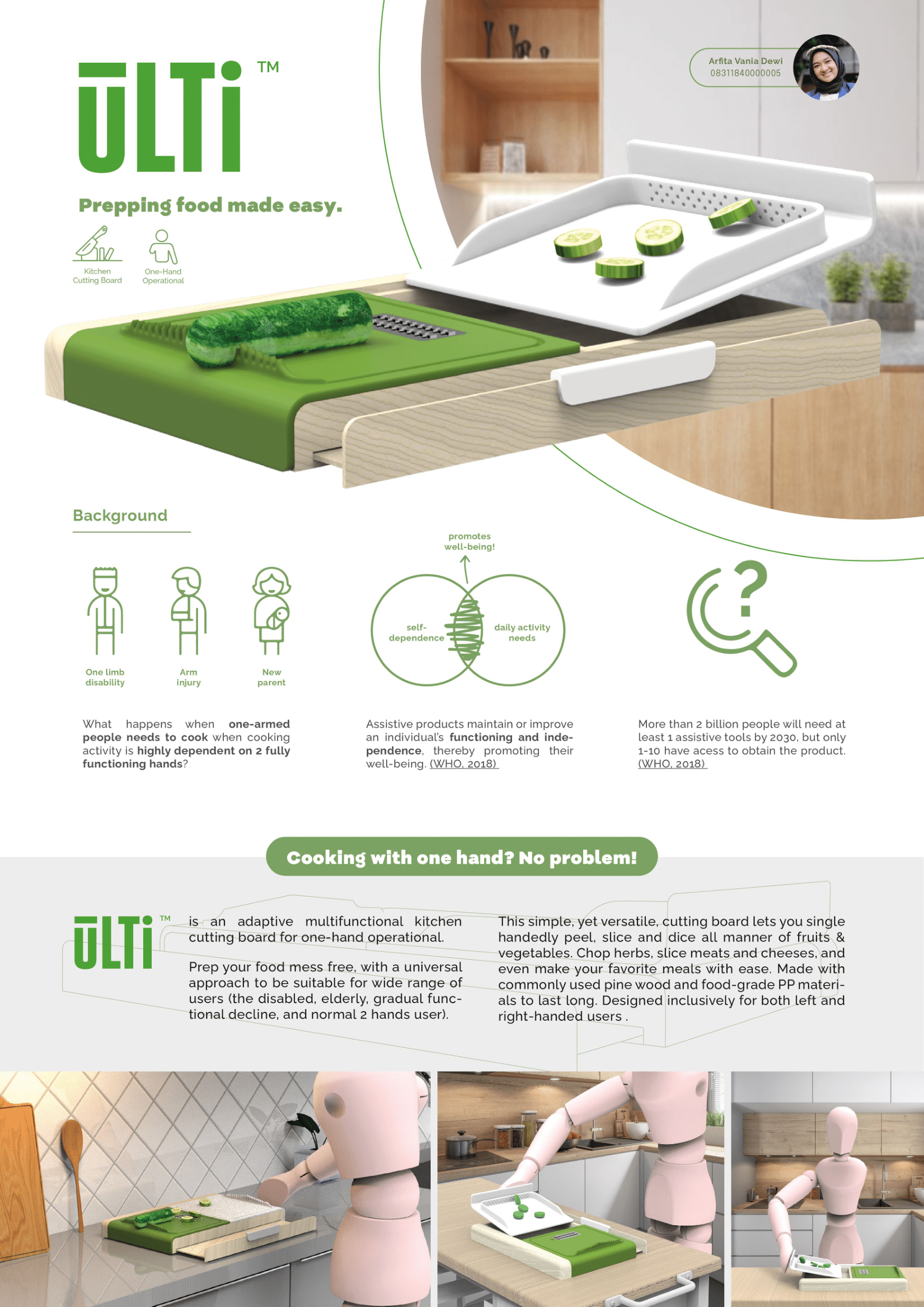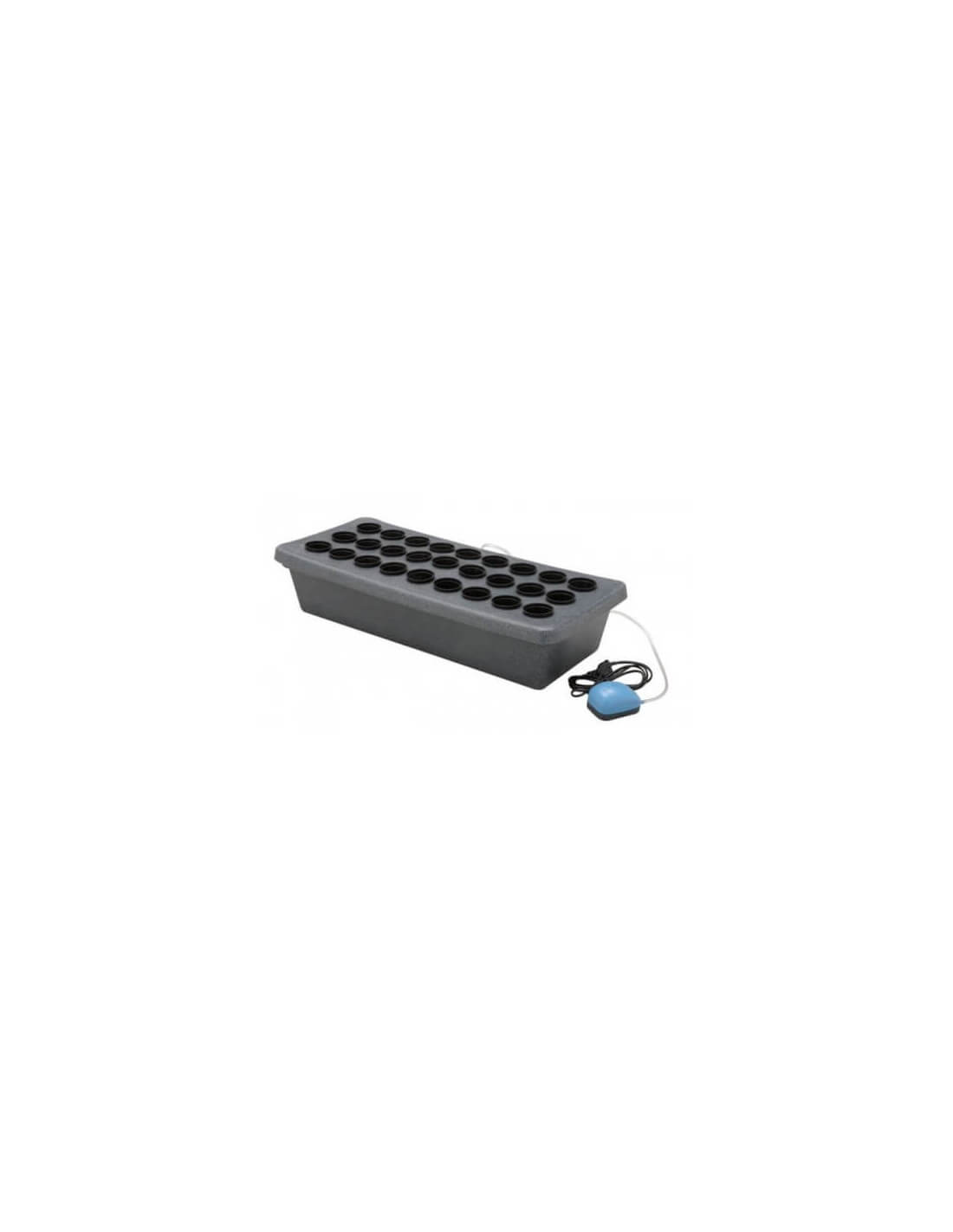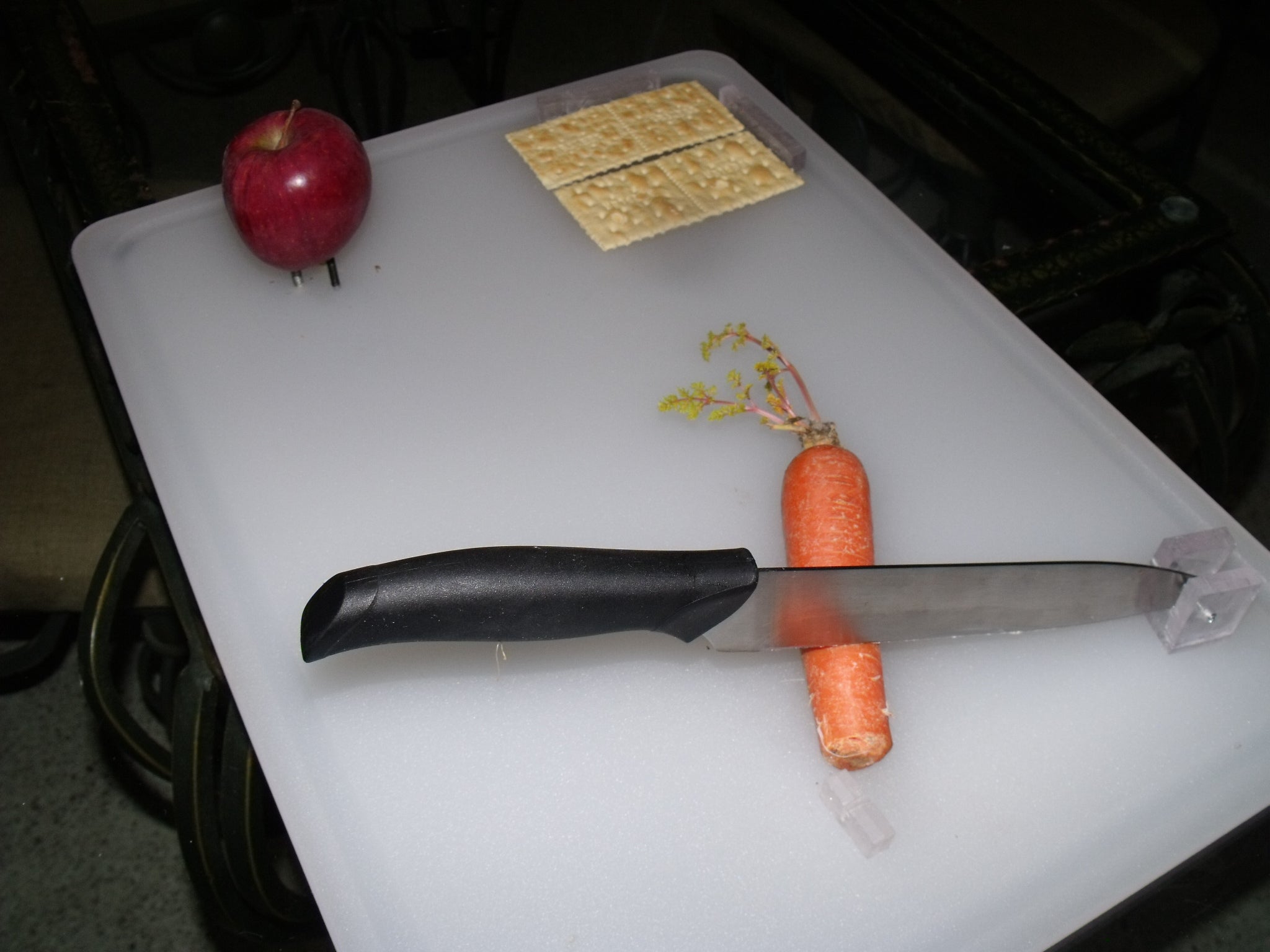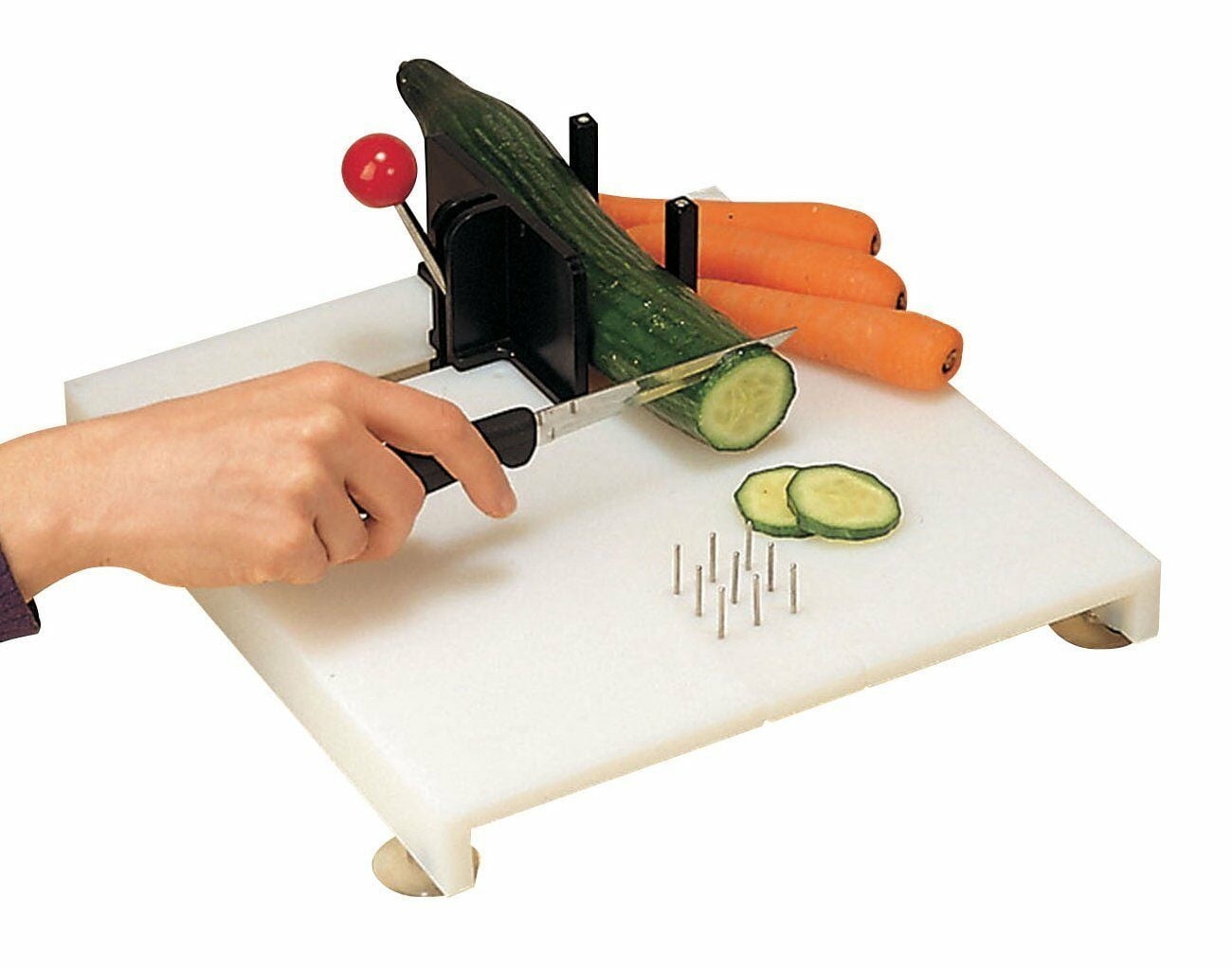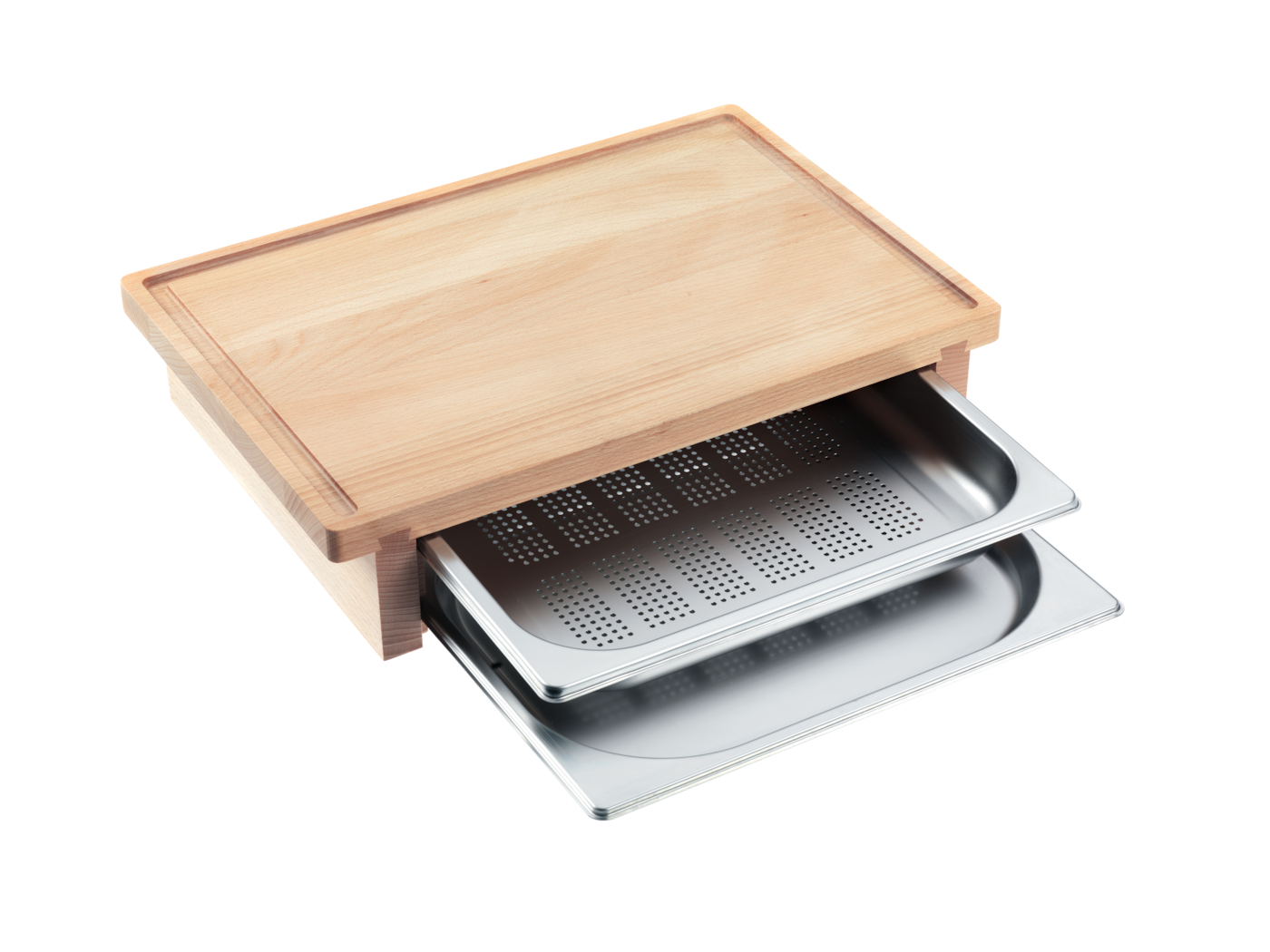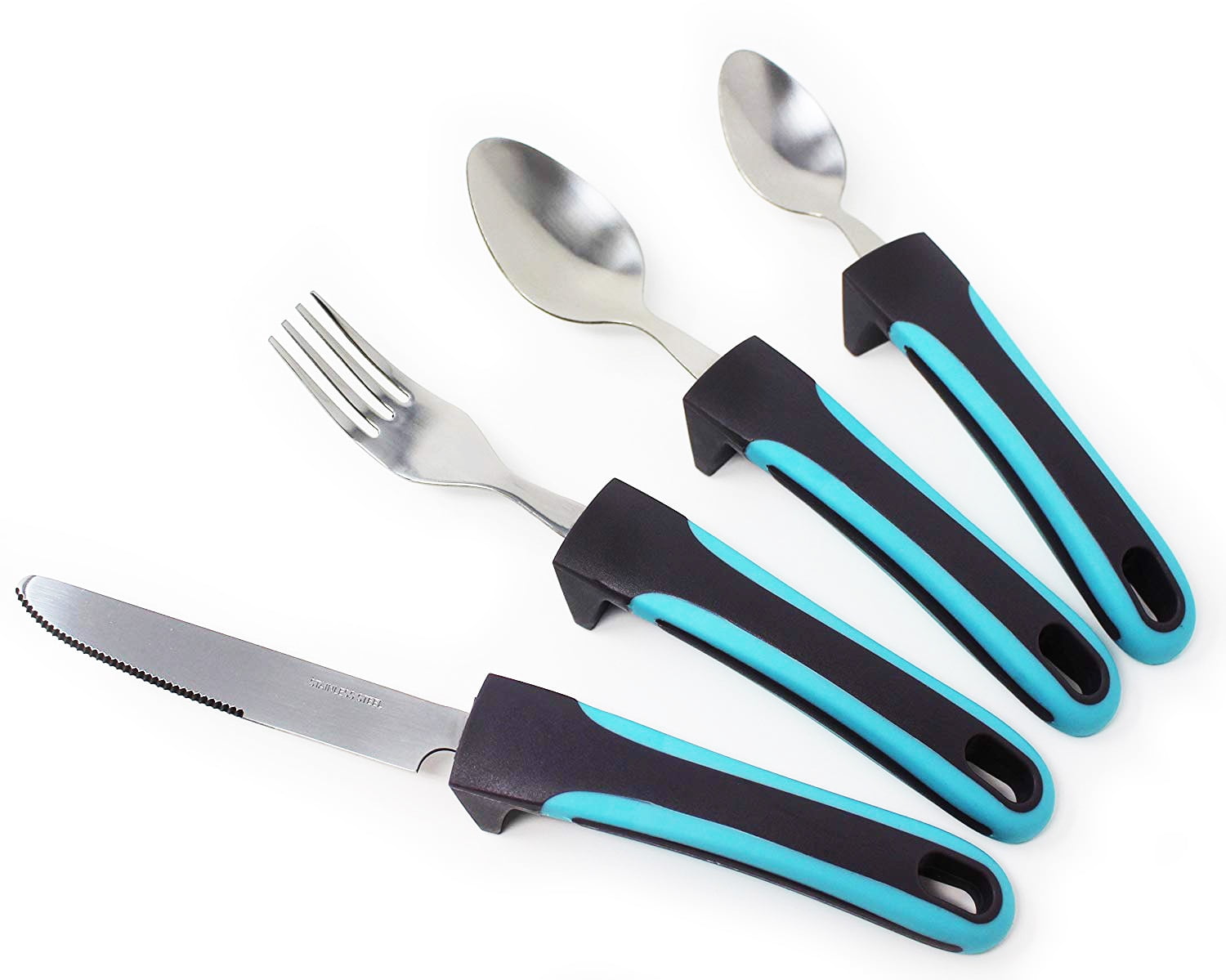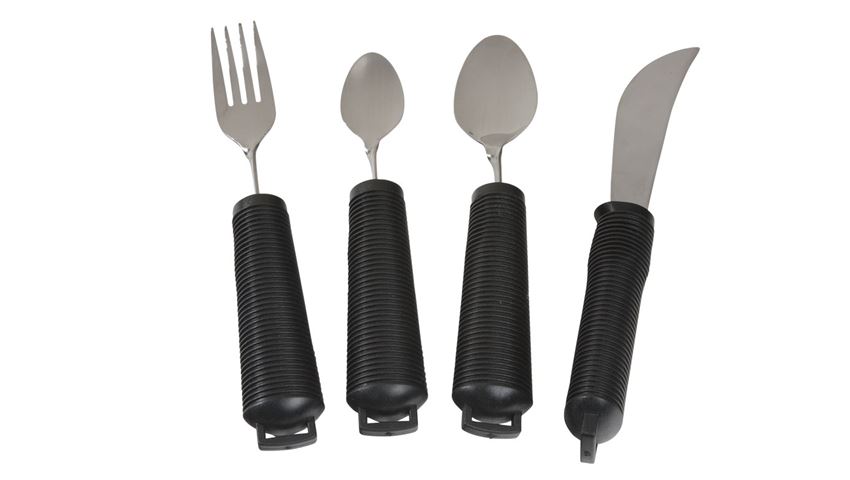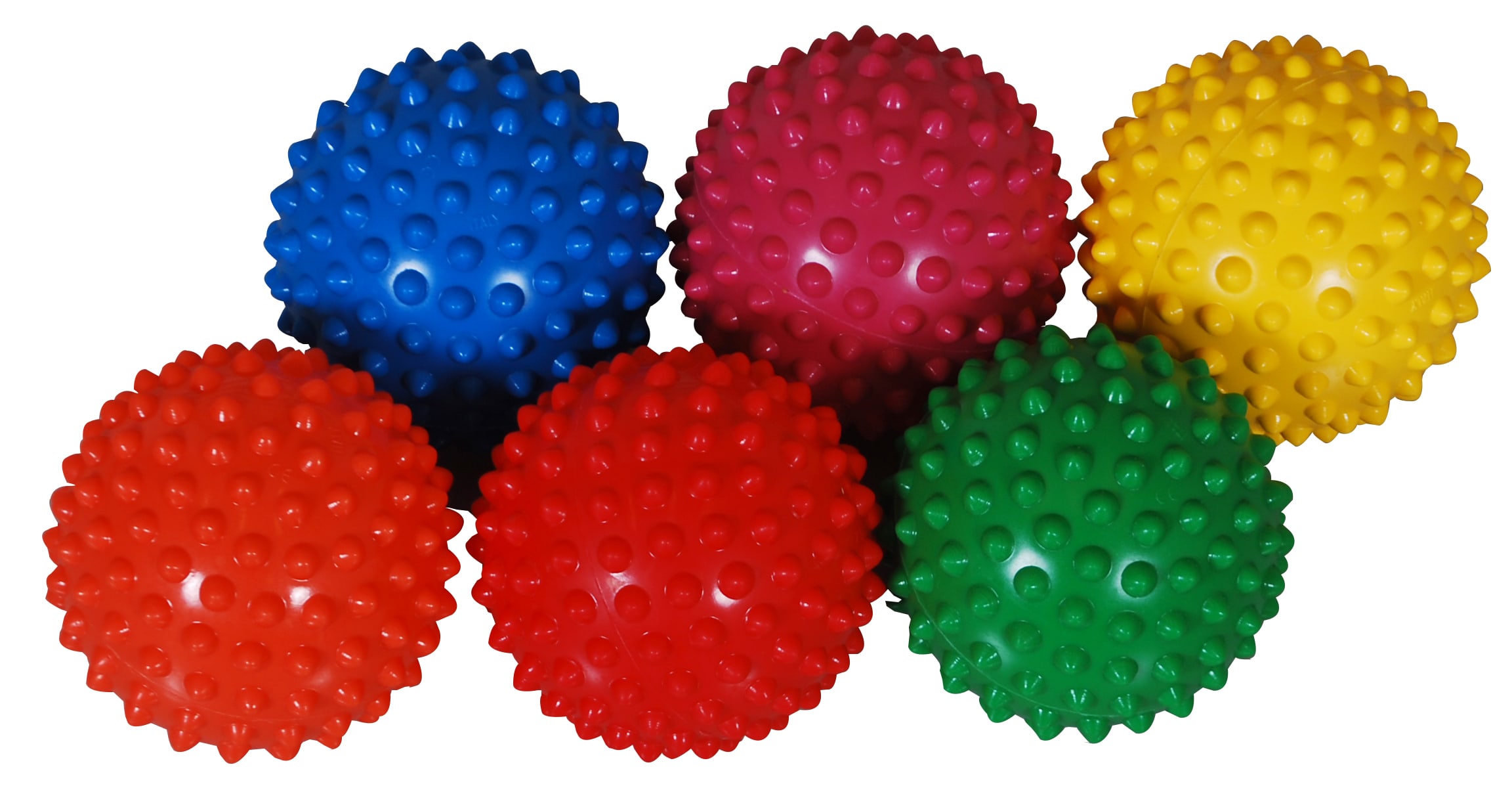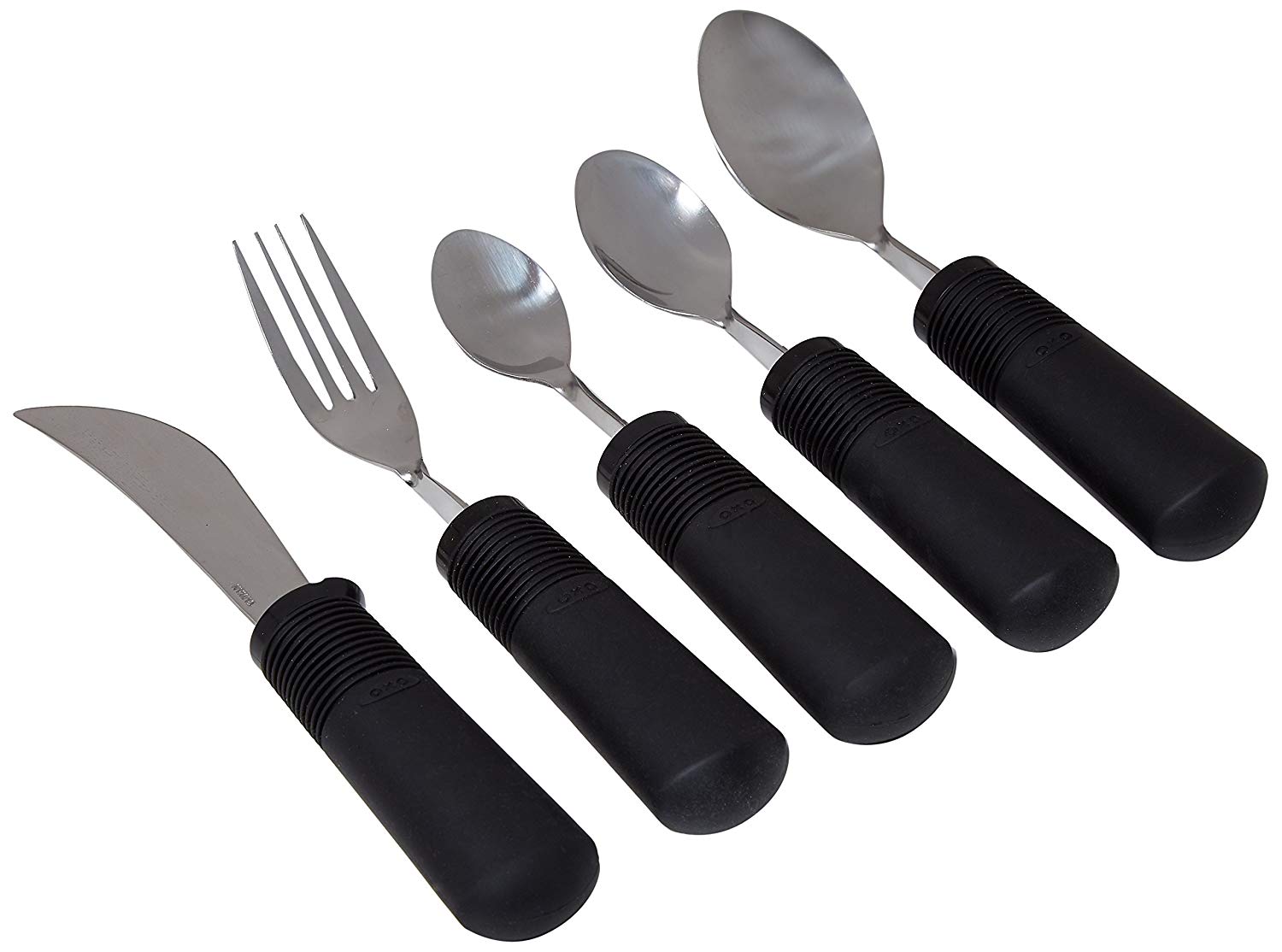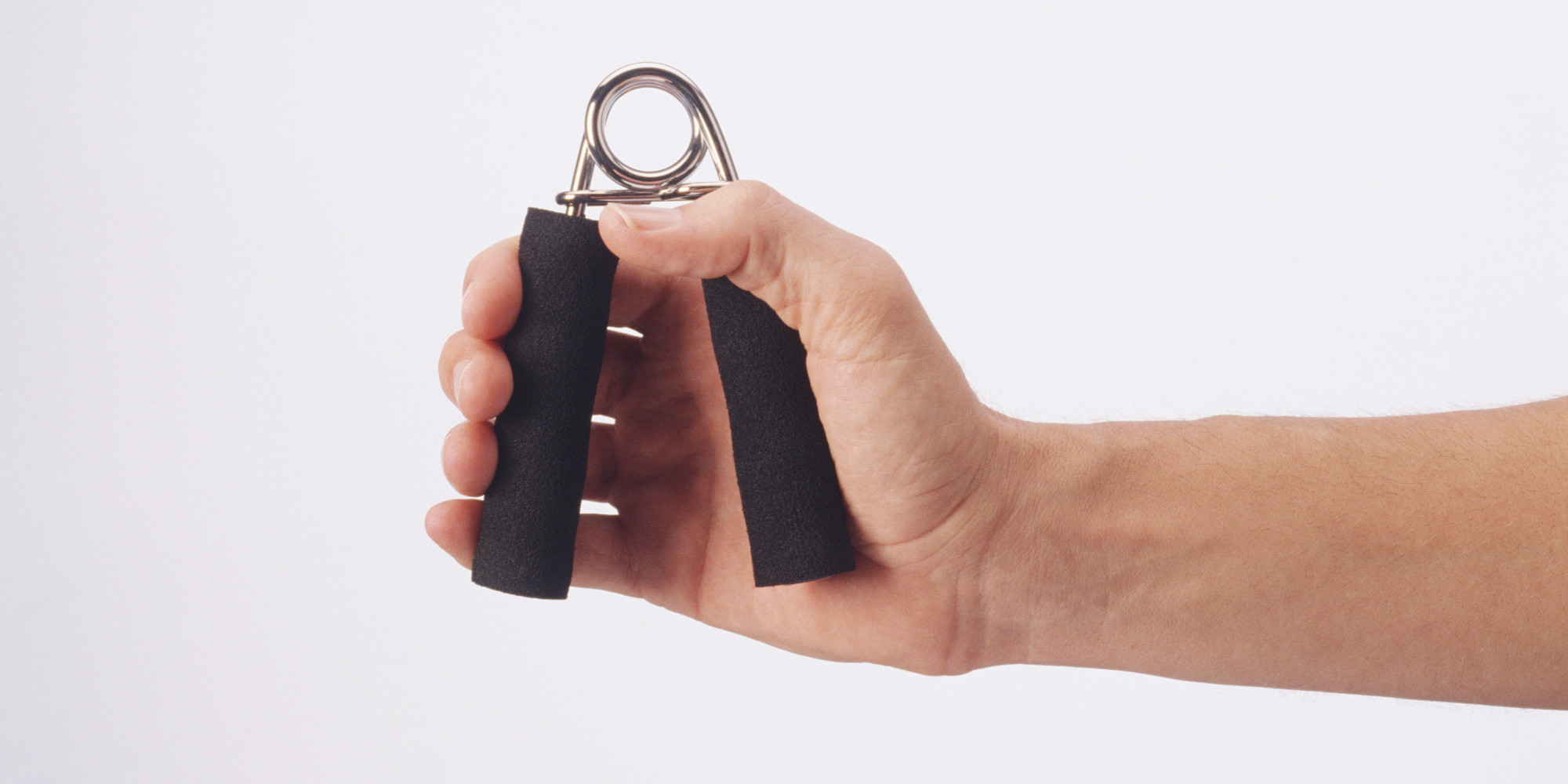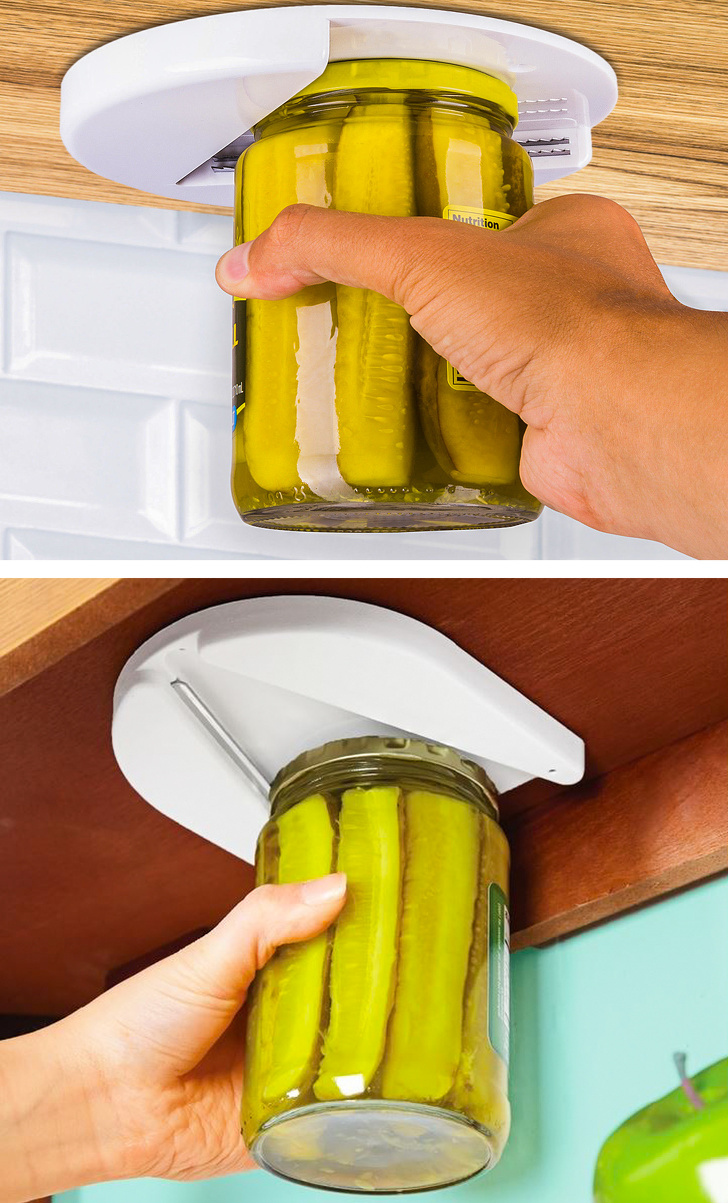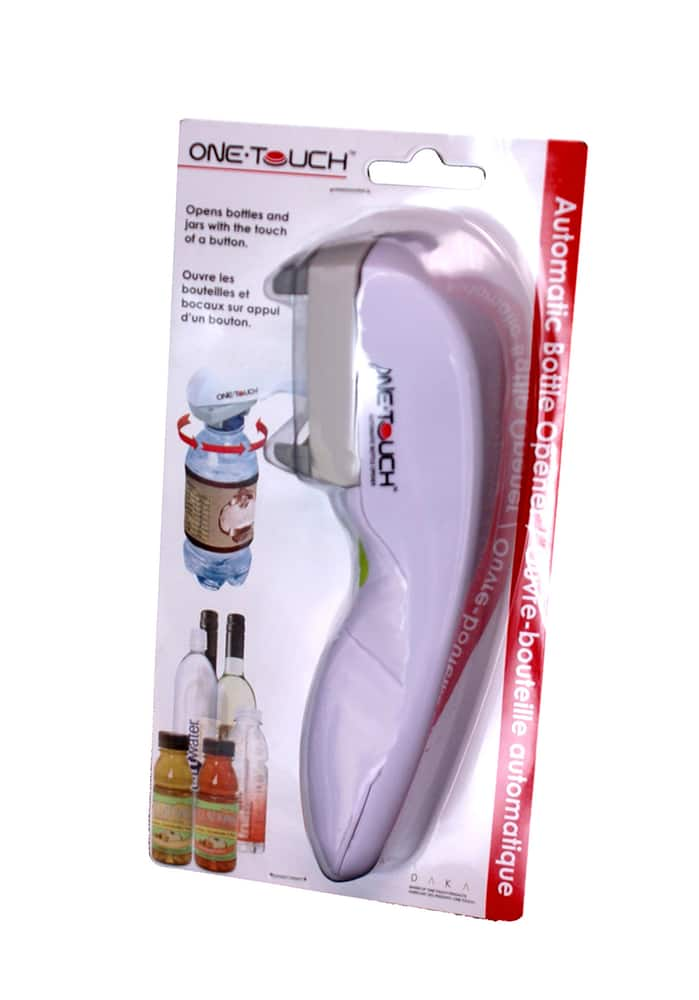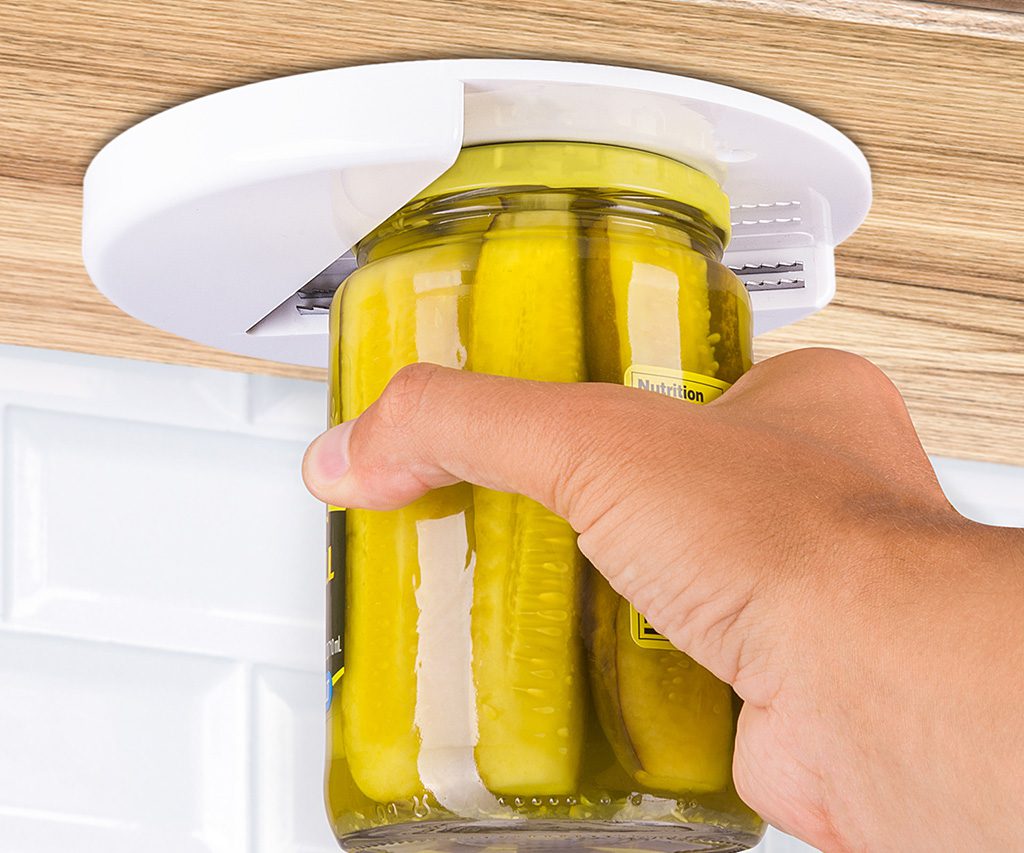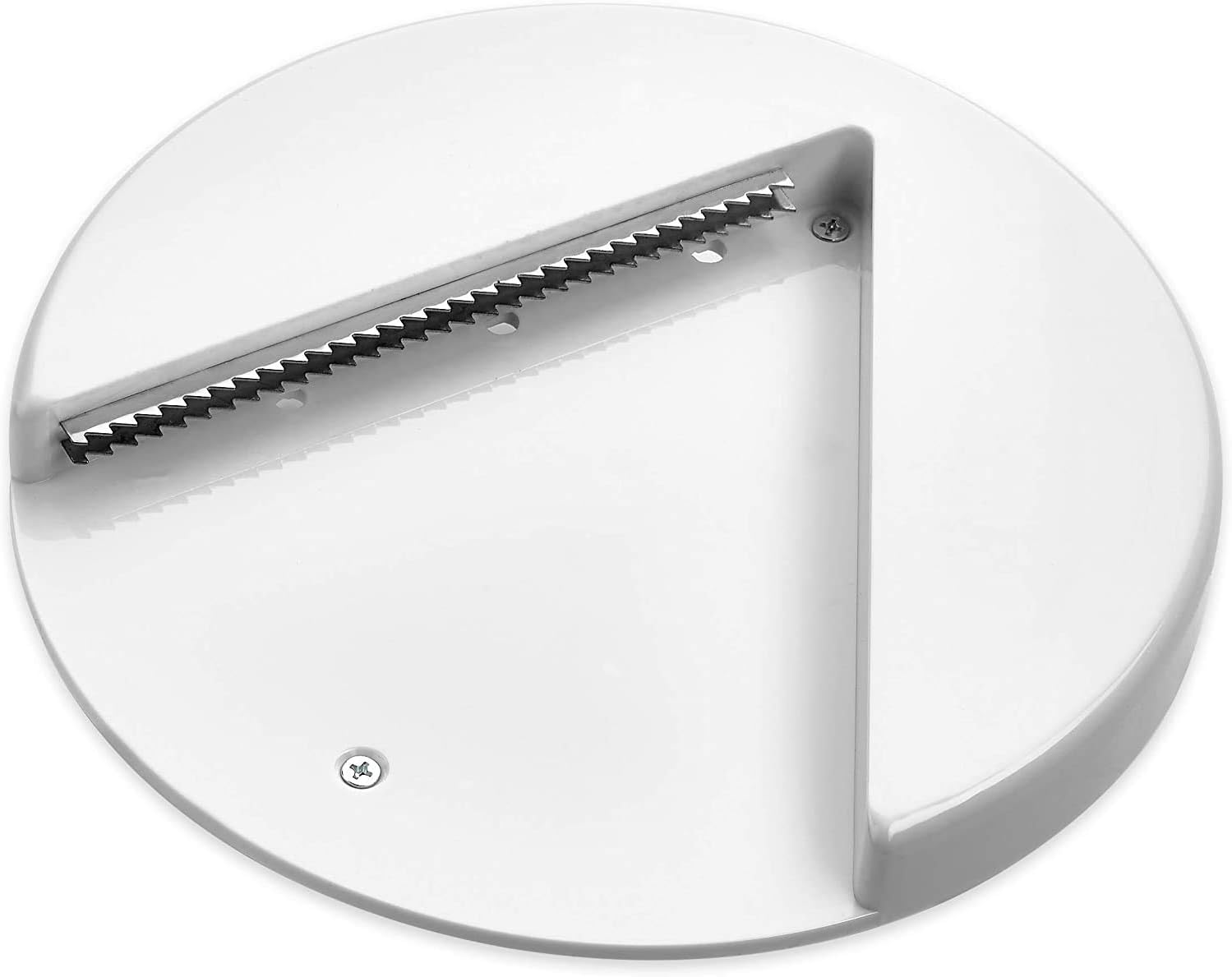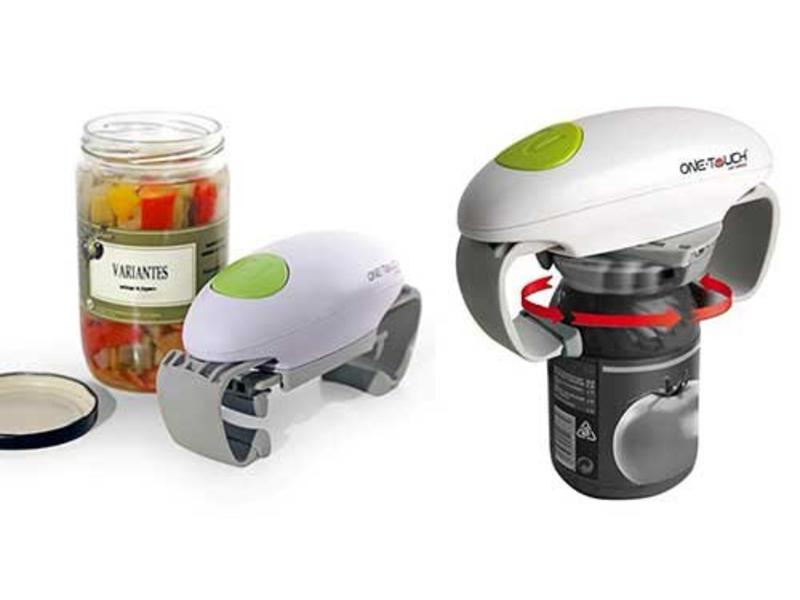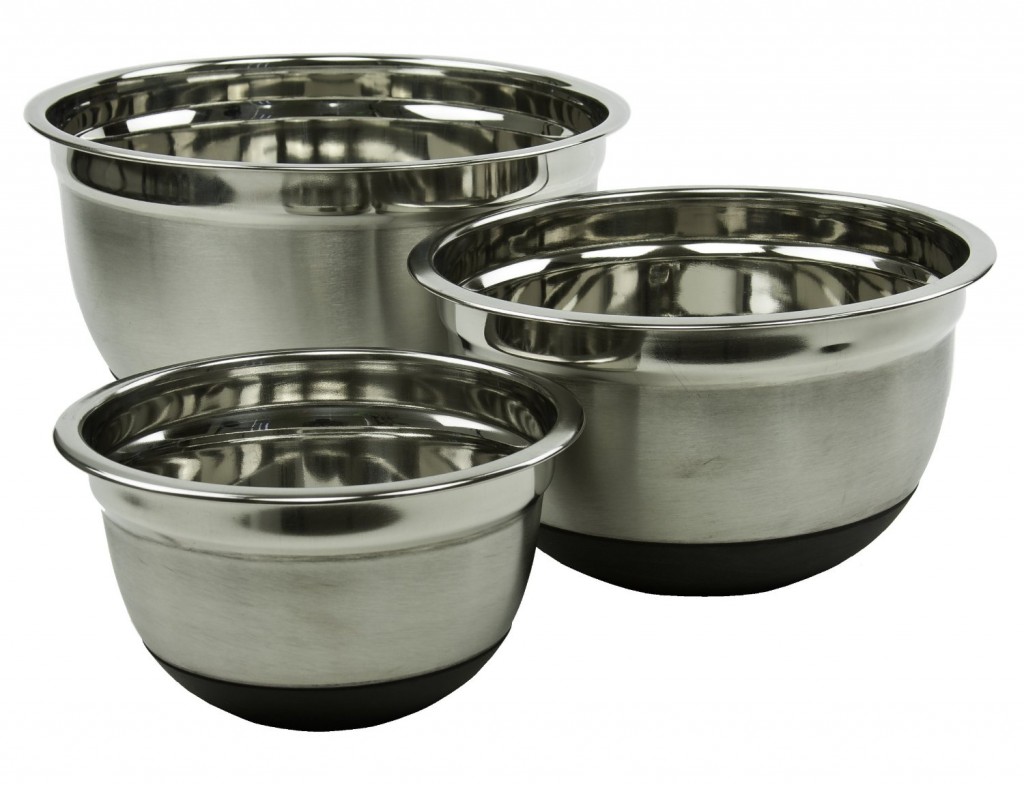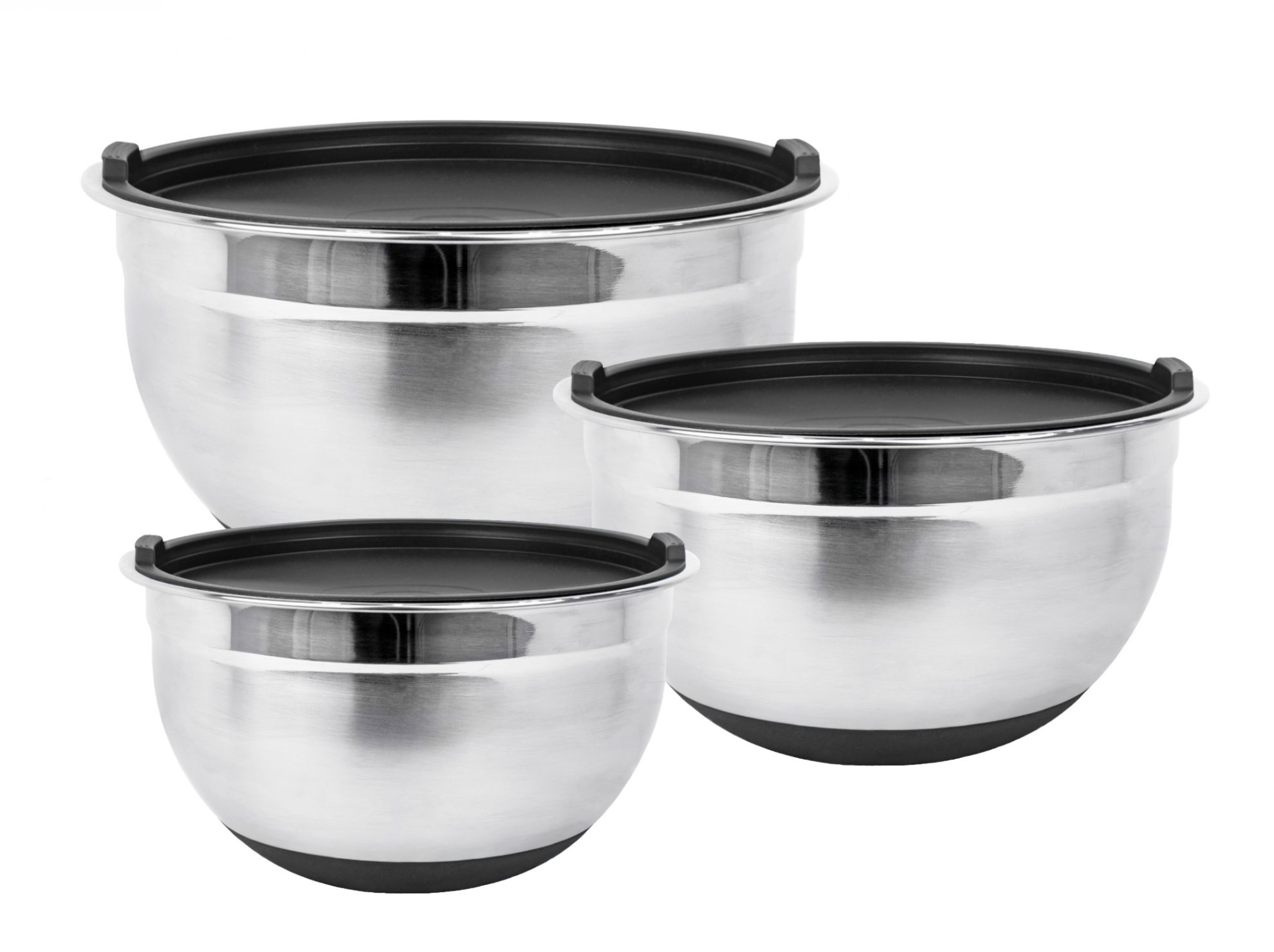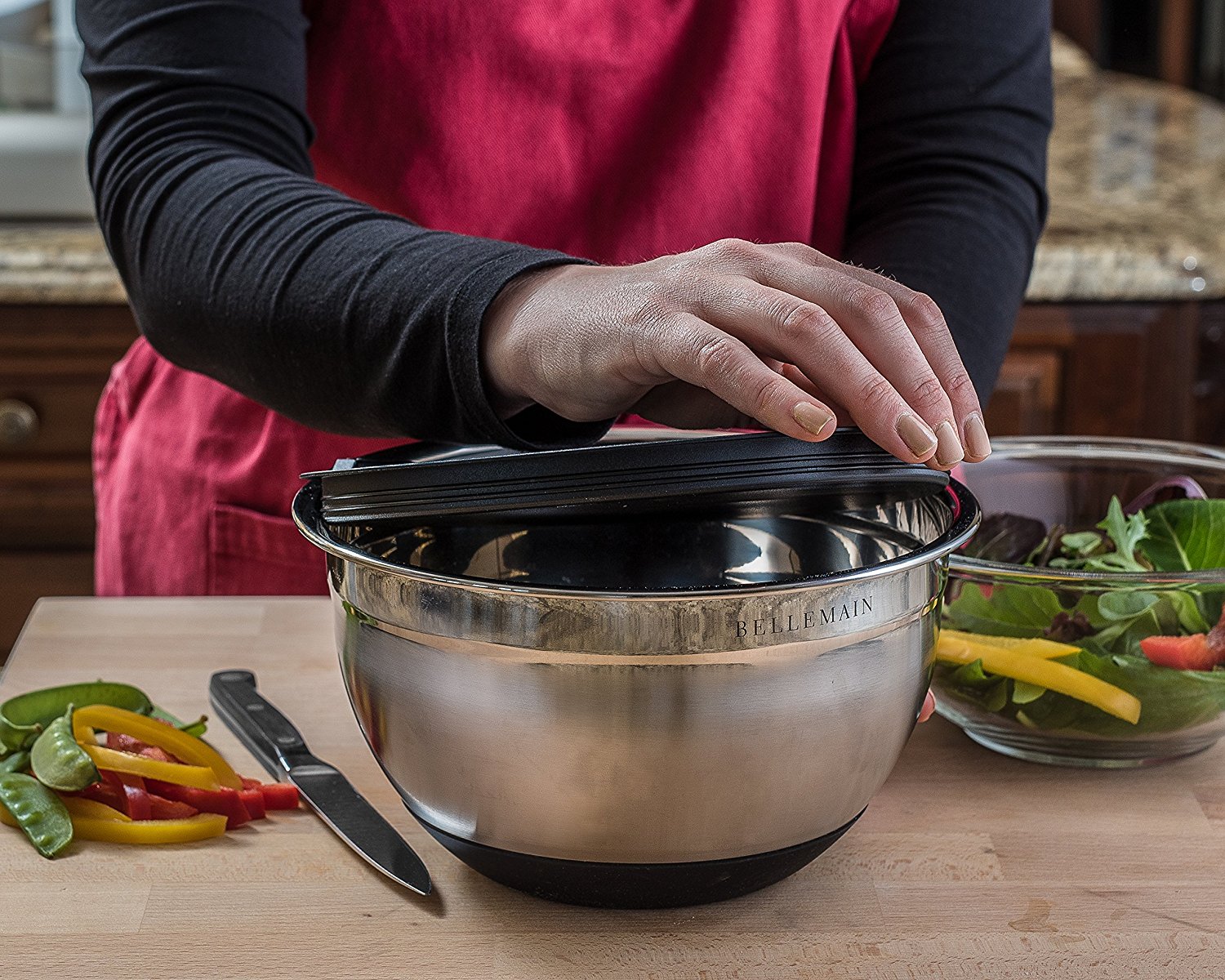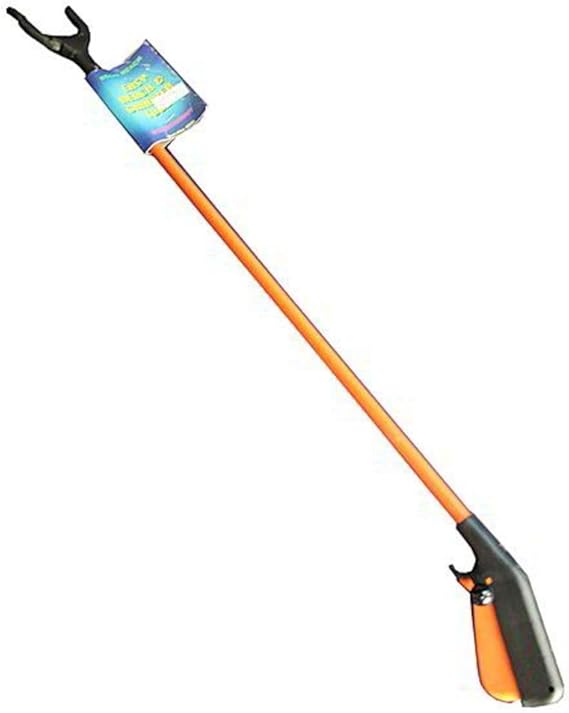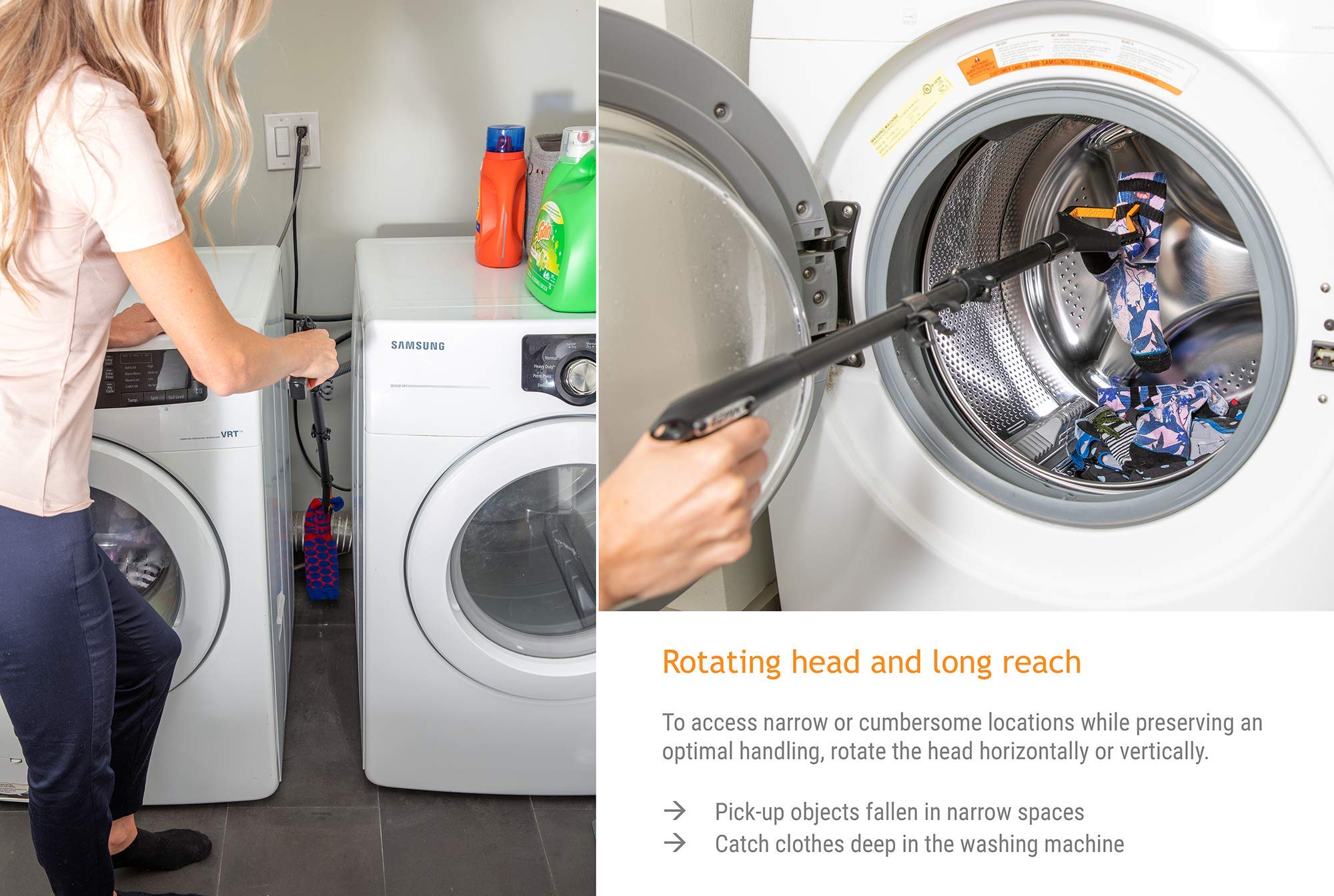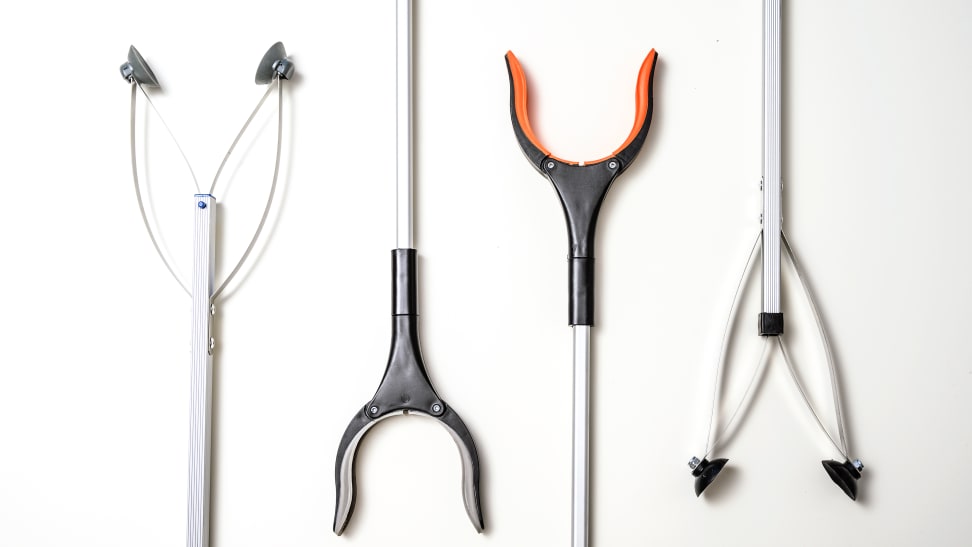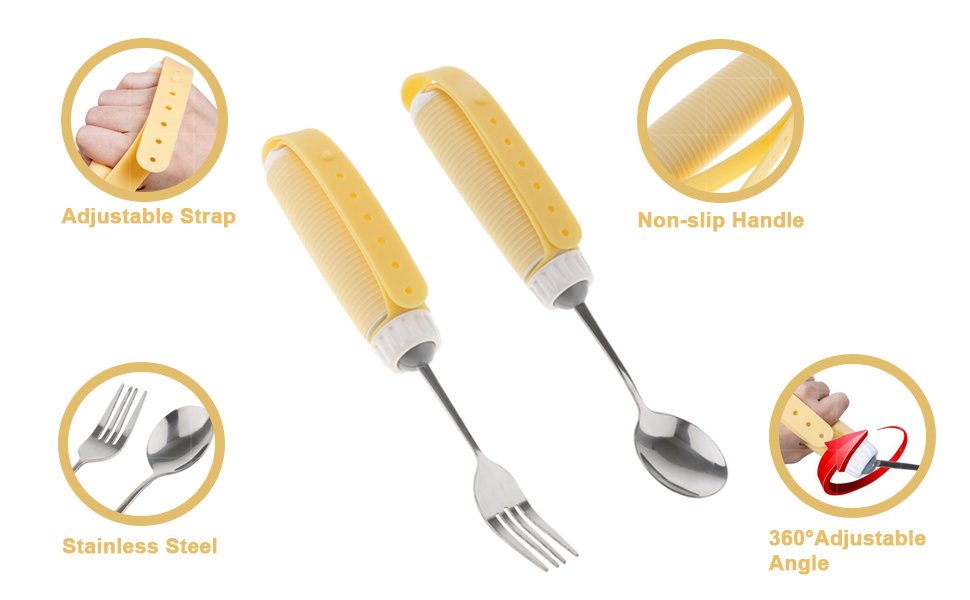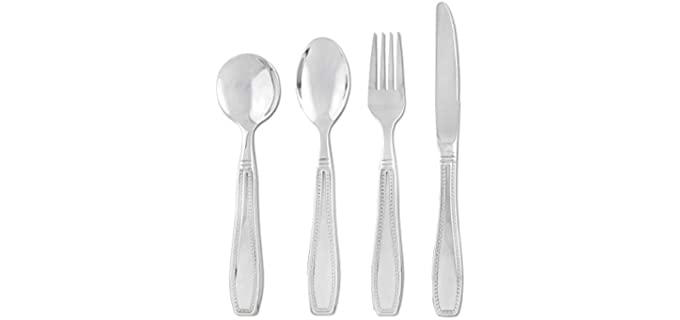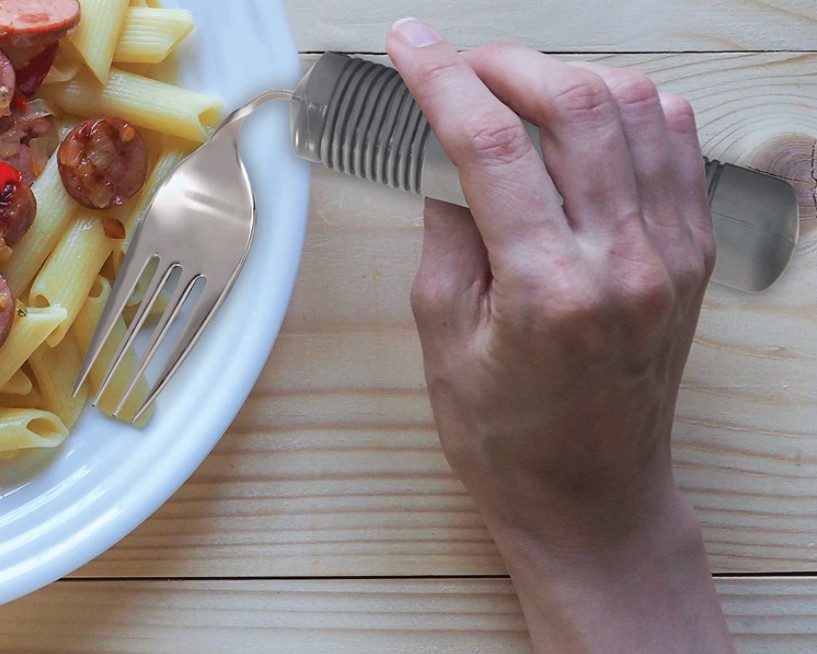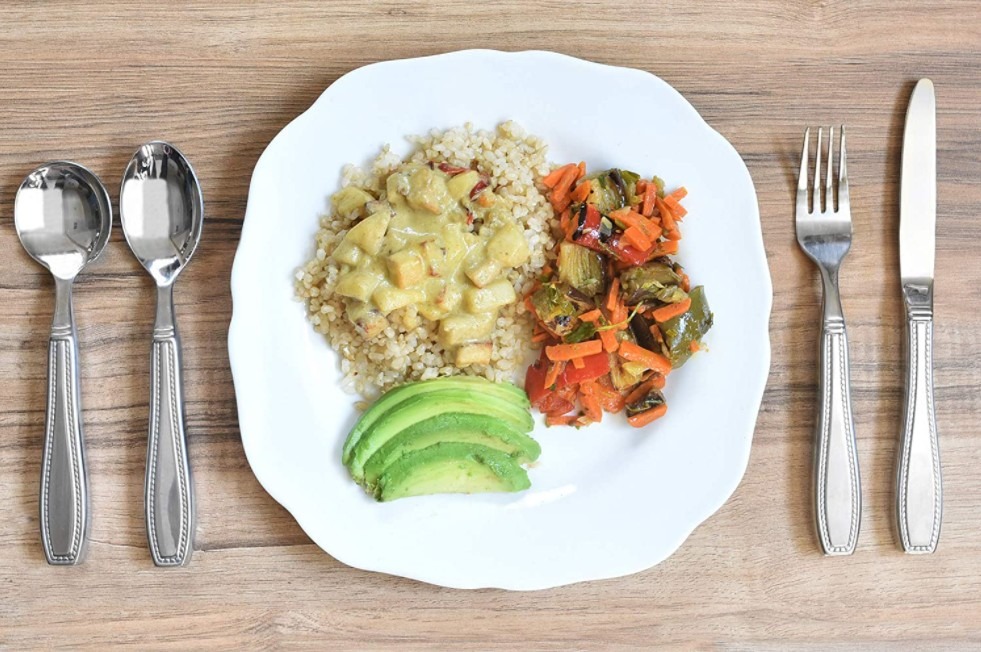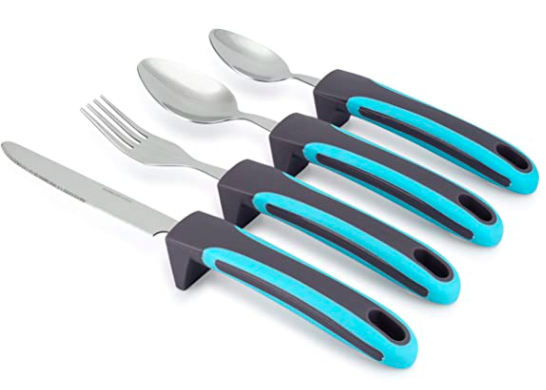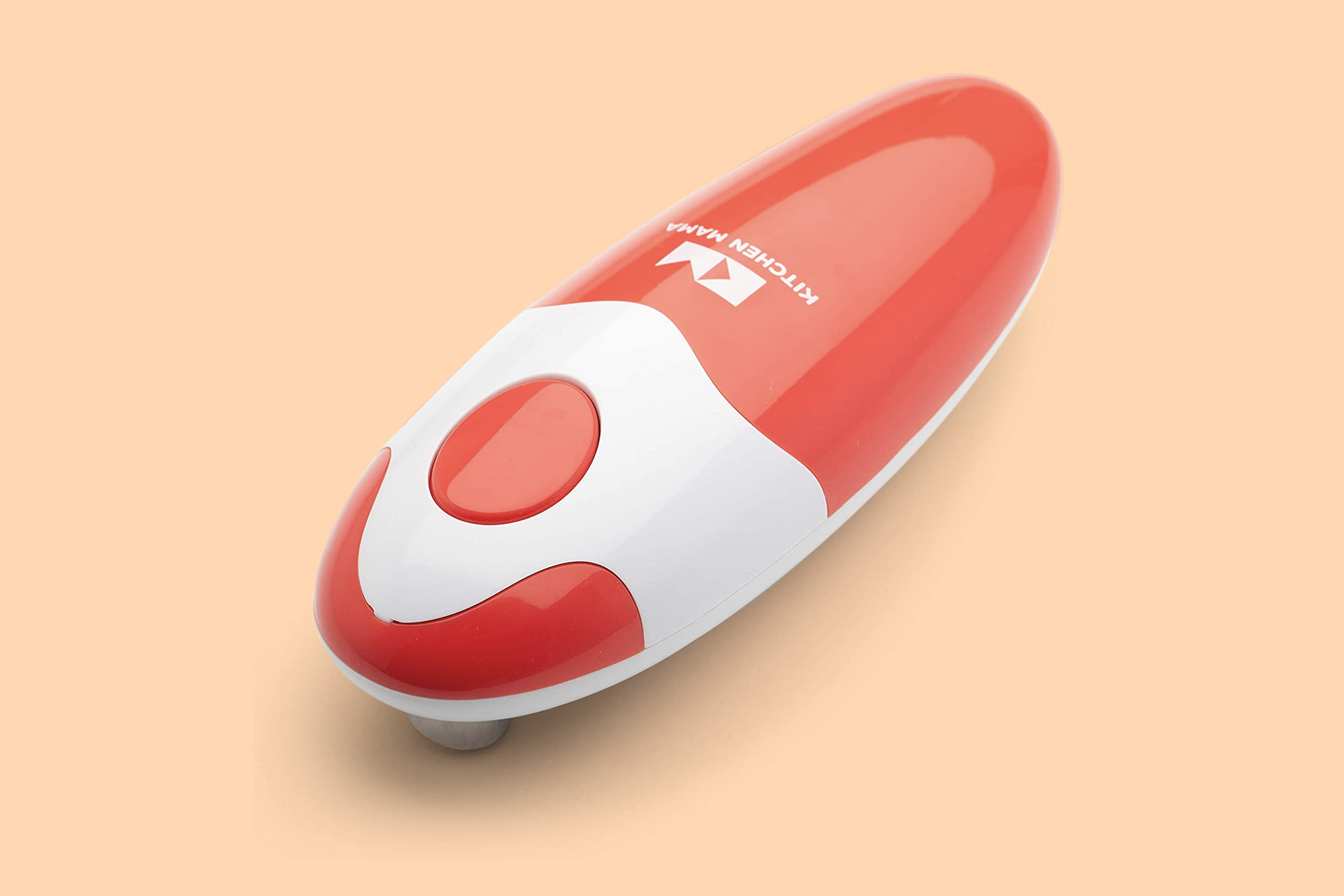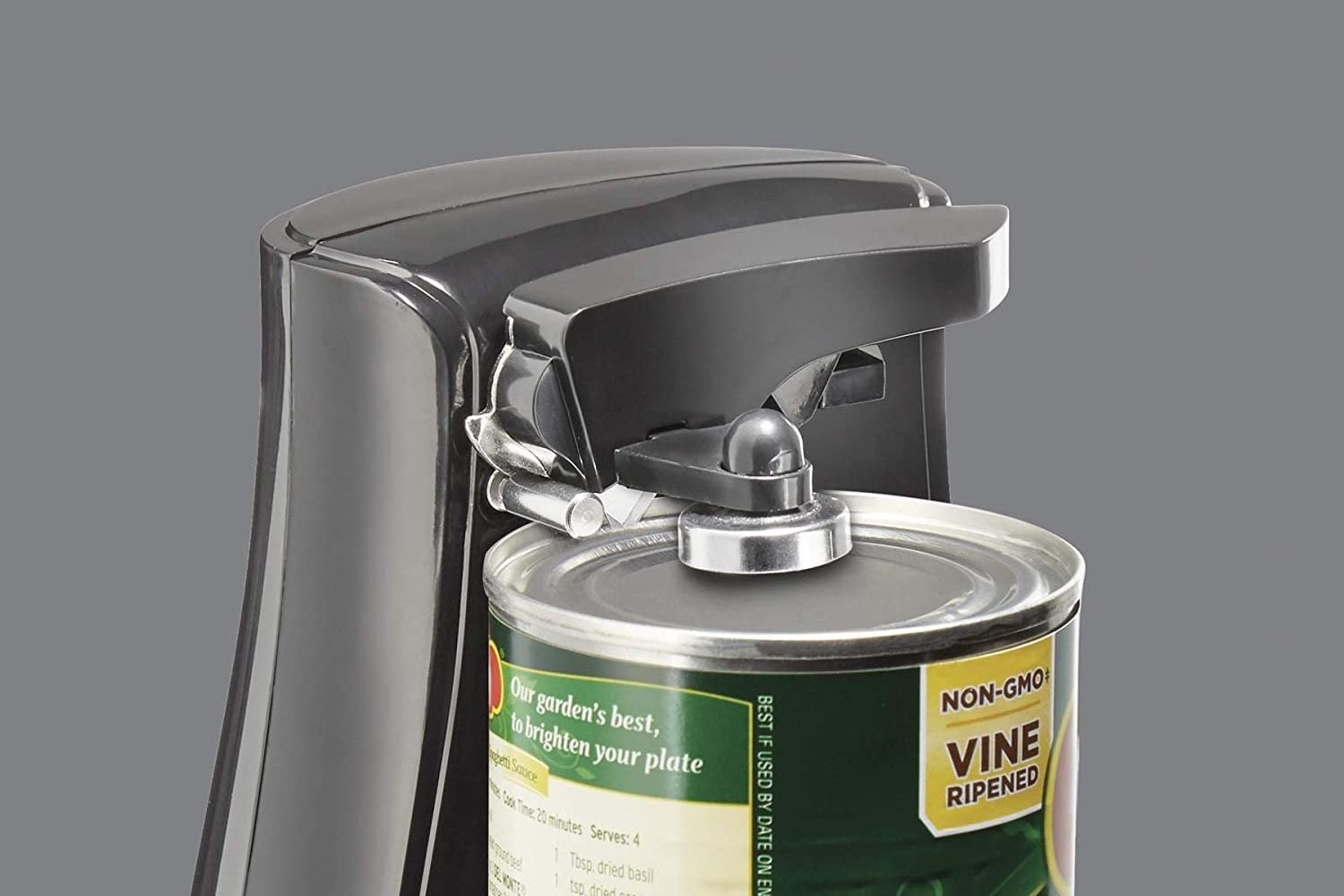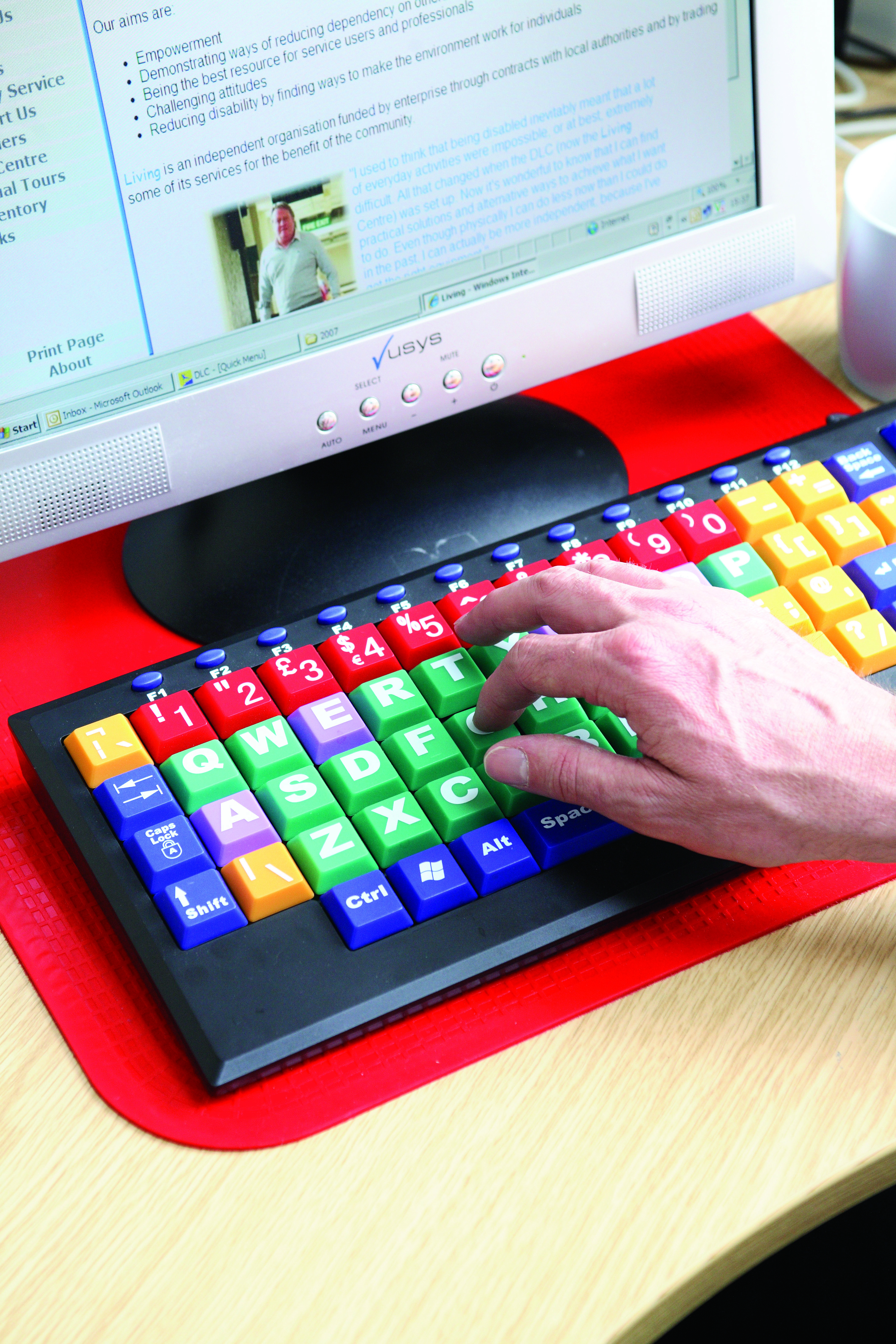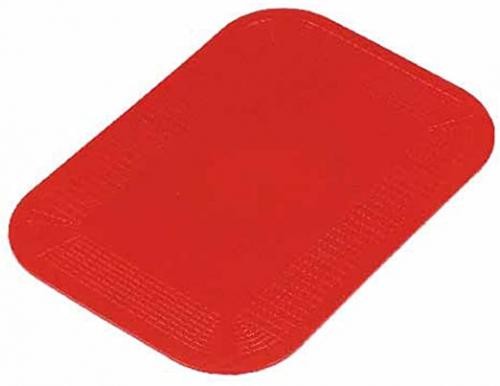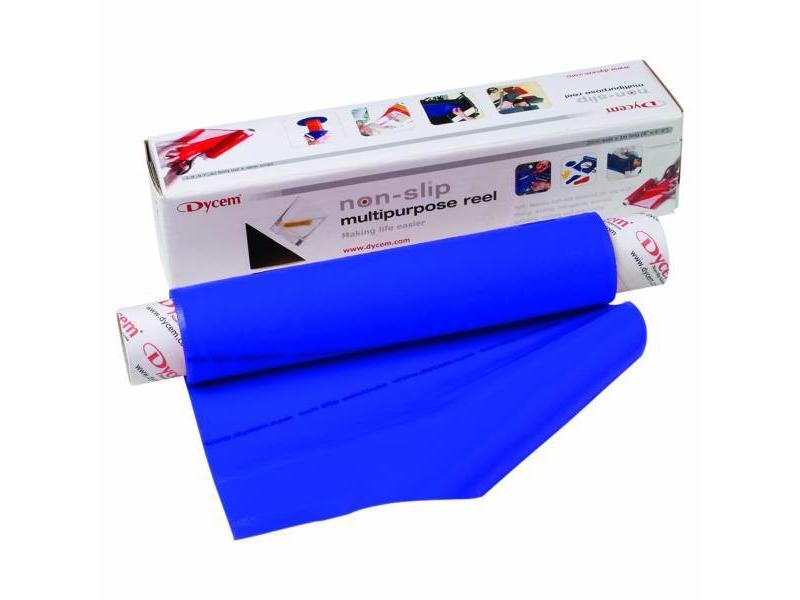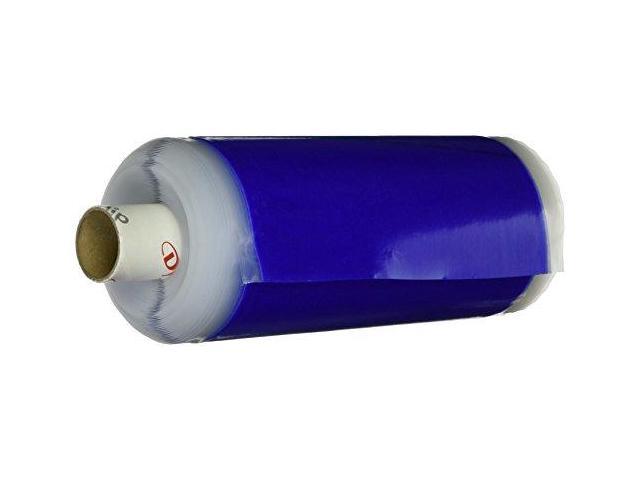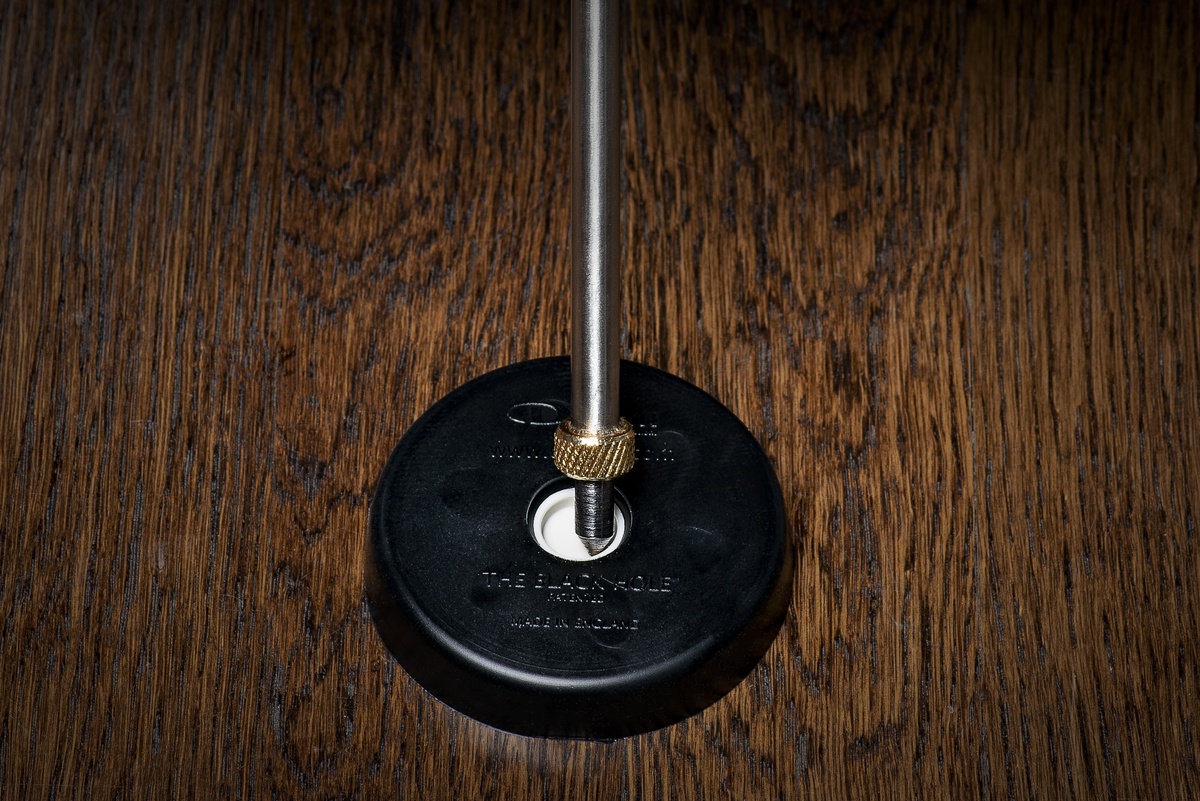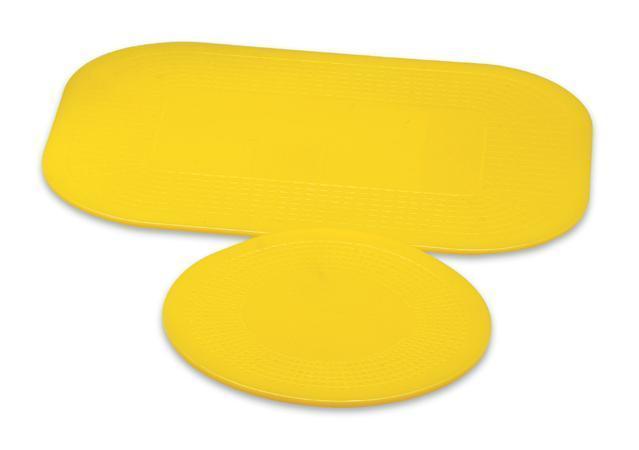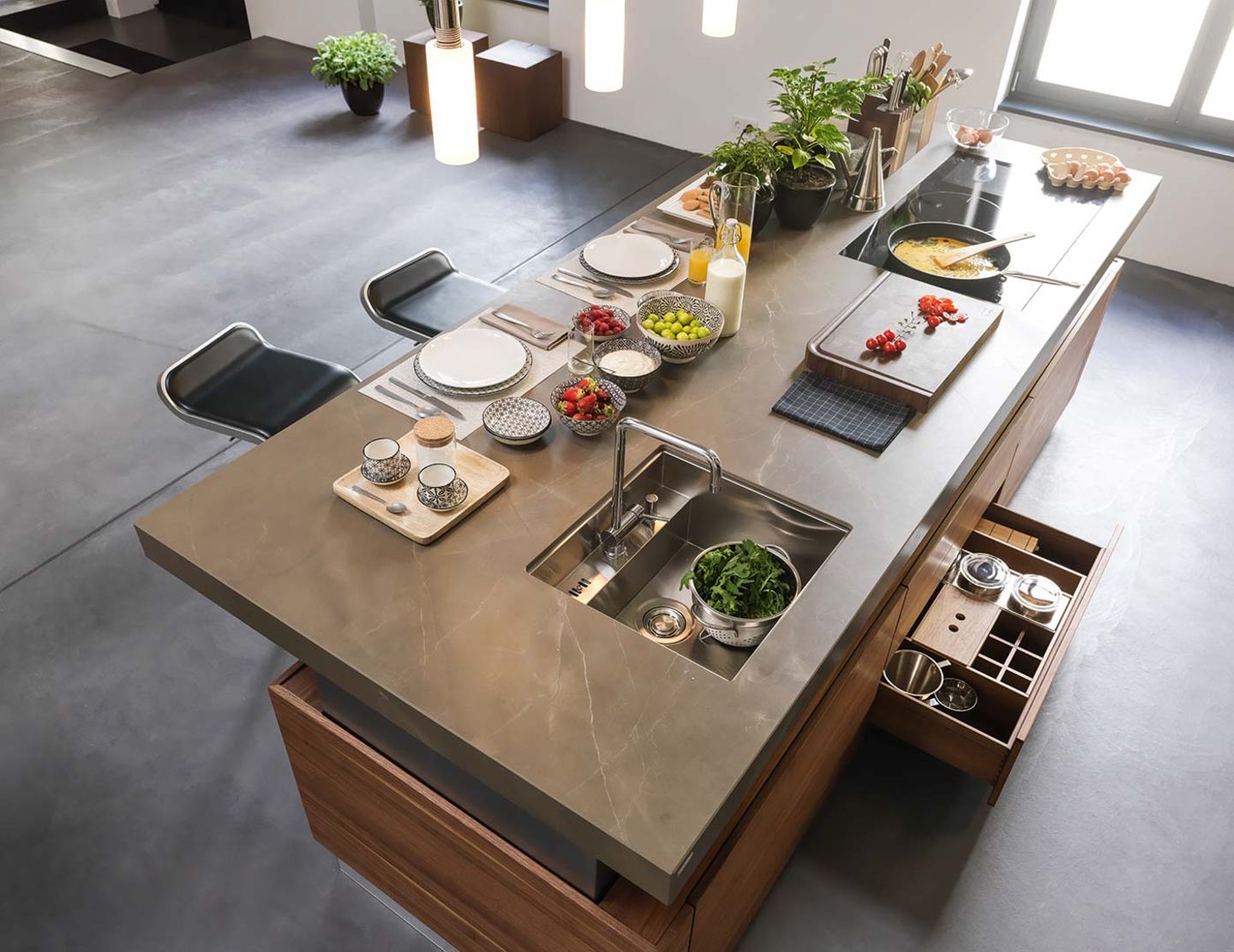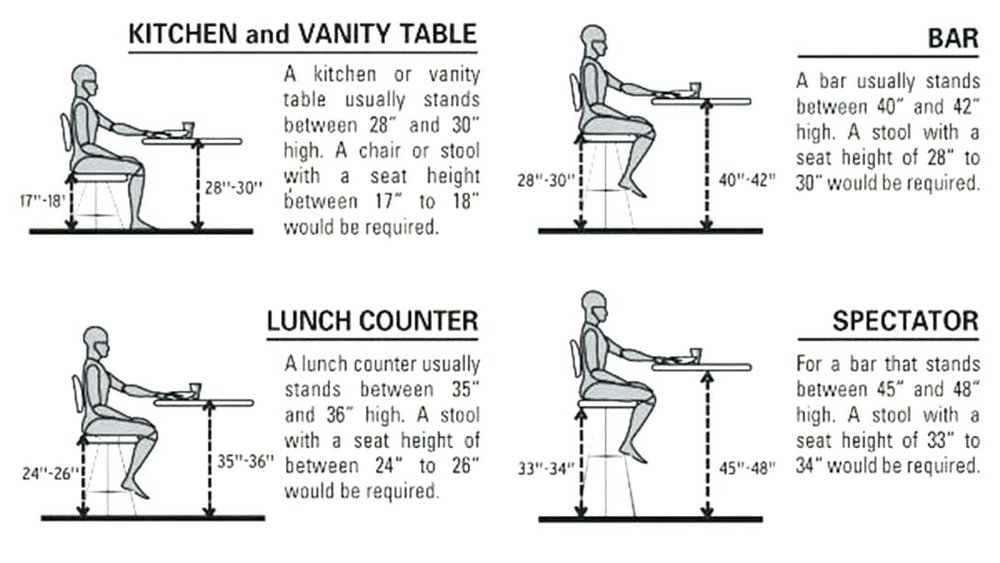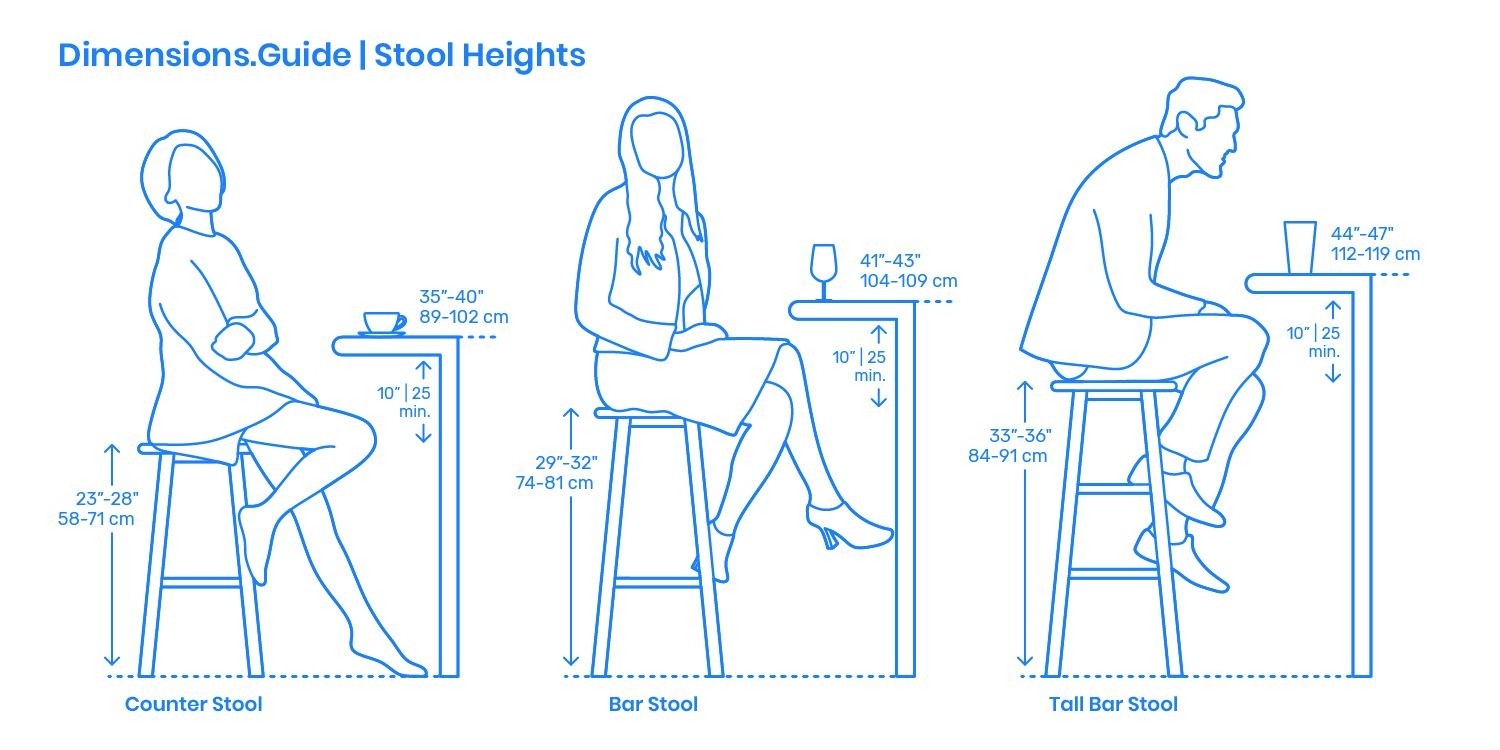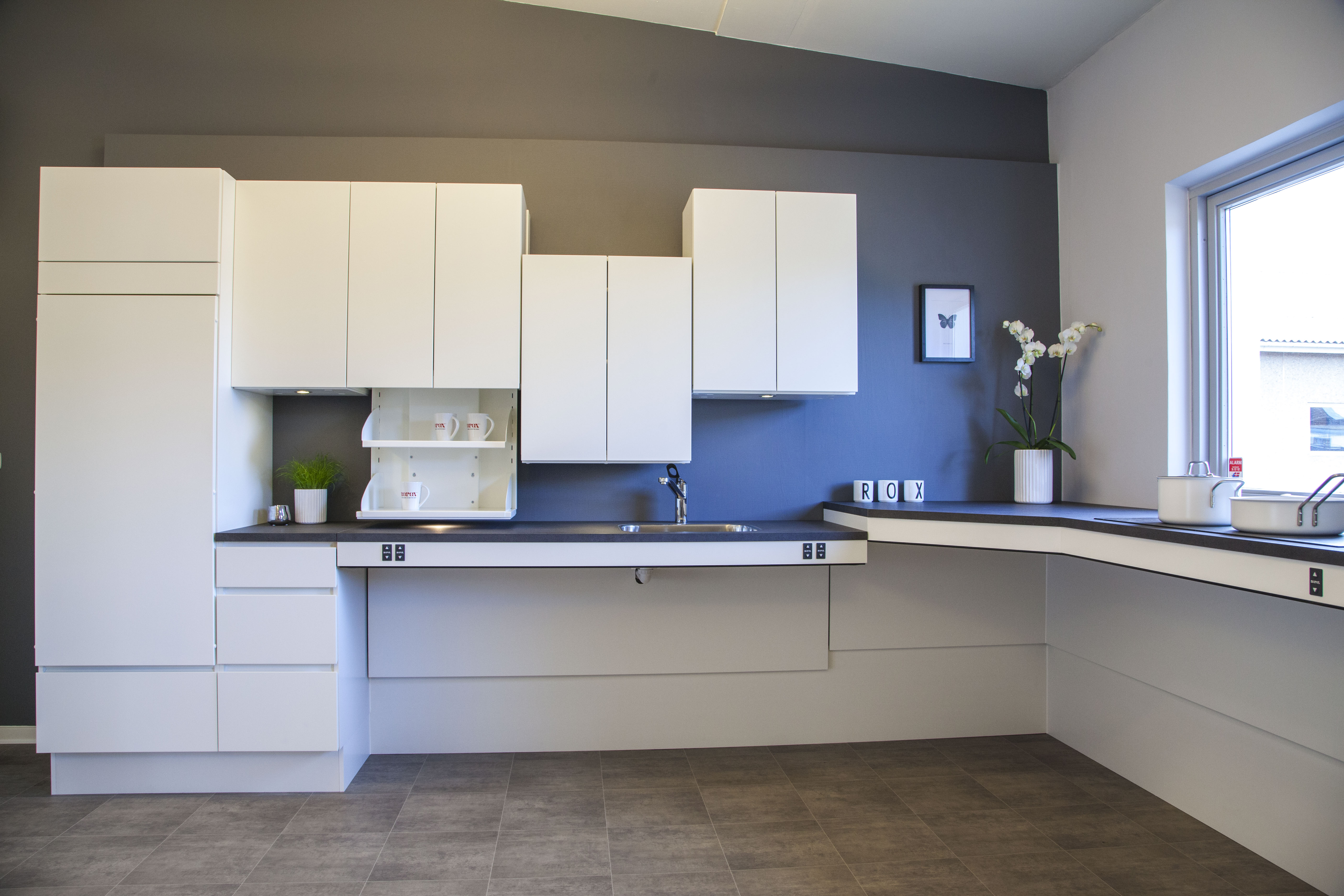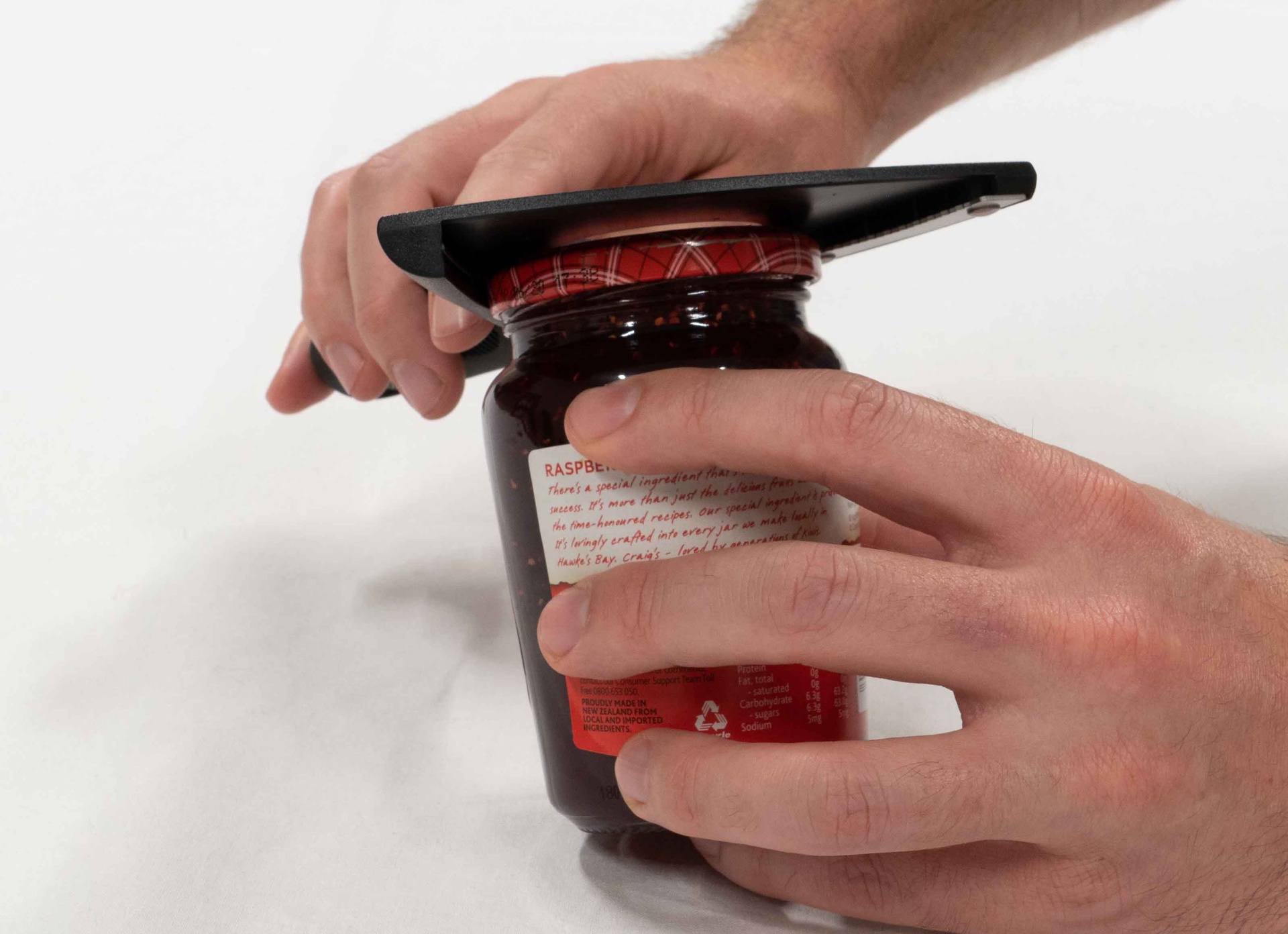For individuals with limited dexterity or strength in their hands, a traditional cutting board can be difficult to use. But with an adaptive cutting board, meal prep becomes easier and safer. These boards are designed with features such as non-slip surfaces, raised edges, and spikes to hold food in place while cutting. They also often come with a built-in knife guide to assist with slicing and chopping. With an adaptive cutting board, anyone can confidently prepare meals in the kitchen.1. Adaptive Cutting Board
Eating can be a challenge for those with hand impairments, but easy grip utensils can make a significant difference. These utensils are designed with larger, textured handles that are easier to grasp and hold onto. They also often have a curved design to make scooping and cutting food easier. With easy grip utensils, individuals can enjoy their meals without struggling to hold onto traditional utensils.2. Easy Grip Utensils
Opening jars and bottles can be a difficult task for anyone, but it can be especially challenging for those with hand disabilities. That's where a one-handed jar opener comes in handy. These tools have a v-shaped design that grips onto jar lids, making it easier to twist and open them with one hand. They can also be mounted under cabinets for added convenience.3. One-Handed Jar Opener
Avoiding spills and messes in the kitchen is essential for anyone, but it can be even more crucial for those with disabilities. Non-slip mixing bowls are designed with a rubber or silicone base to prevent them from sliding around while mixing ingredients. They also often come with a spout for easy pouring and a handle for secure grip.4. Non-Slip Mixing Bowls
Reaching for items in high or low places can be a challenge for individuals with mobility impairments. A reacher grabber tool can help make these tasks more manageable. These tools have a long, extendable arm with gripping claws on the end, allowing individuals to grab items without having to strain or bend down. They can also be used for picking up items off the floor, making them a versatile tool in the kitchen.5. Reacher Grabber Tool
For individuals with tremors or shaky hands, eating can be a frustrating and messy experience. Weighted utensils can help stabilize hand movements and make eating easier. These utensils have added weight in the handle, providing a counterbalance to reduce tremors. They also often have larger handles for a better grip and can be found in a variety of styles, including spoons, forks, and knives.6. Weighted Utensils
Opening cans can be a difficult and even dangerous task for those with hand impairments. An electric can opener is an excellent solution, as it requires minimal effort and strength to use. These can openers have a simple push-button operation and can open cans of various sizes. They also often have a magnet to hold onto the lid for easy disposal.7. Electric Can Opener
A Dycem non-slip mat is a must-have in any kitchen for individuals with mobility impairments. These mats have a sticky surface that can be placed under plates, bowls, or cutting boards to prevent them from sliding around. They also come in various sizes and can be easily cleaned with soap and water.8. Dycem Non-Slip Mat
For individuals who have trouble standing for long periods, an adjustable height kitchen stool can be a game-changer. These stools allow users to sit at a comfortable height while performing tasks in the kitchen, such as cooking or washing dishes. They often have a padded seat and backrest for added comfort and can be easily adjusted to fit different counter heights.9. Adjustable Height Kitchen Stool
Struggling to open bottles and jars can be frustrating for anyone, but it can be even more challenging for individuals with hand disabilities. An easy grip bottle and jar opener can make this task more manageable. These tools have a handle with a non-slip grip and adjustable teeth to fit various sizes of bottle and jar lids. They also have a lever that provides extra leverage for easier opening. In conclusion, having a disability should not limit one's ability to cook and prepare meals in the kitchen. With the help of these top 10 kitchen tools designed for the handicapped, individuals can overcome challenges and enjoy cooking and eating with ease and independence. These tools not only make everyday tasks more manageable but also promote confidence and safety in the kitchen. So whether you or a loved one have a disability, consider investing in these adaptive kitchen tools to make meal prep a more enjoyable and stress-free experience.10. Easy Grip Bottle and Jar Opener
Kitchen Tools Designed for the Handicapped: Promoting Independence and Inclusivity
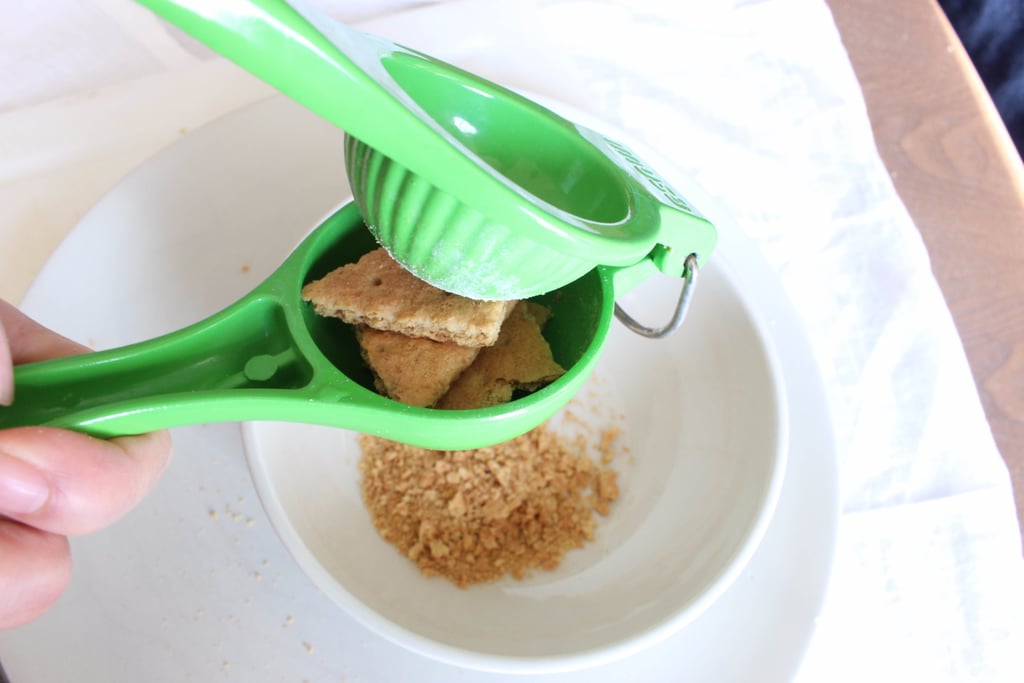
The Importance of Accessible Kitchen Tools
 For many people with disabilities, tasks that may seem simple and routine, such as cooking and preparing meals, can be challenging and even impossible without the right tools. Traditional kitchen tools are not always designed with the needs of individuals with disabilities in mind, making it difficult for them to perform everyday tasks independently. This can lead to feelings of frustration, dependency, and exclusion. However, with the rise of awareness and advocacy for inclusivity, specially designed kitchen tools for the handicapped have emerged in the market to promote independence and inclusivity.
For many people with disabilities, tasks that may seem simple and routine, such as cooking and preparing meals, can be challenging and even impossible without the right tools. Traditional kitchen tools are not always designed with the needs of individuals with disabilities in mind, making it difficult for them to perform everyday tasks independently. This can lead to feelings of frustration, dependency, and exclusion. However, with the rise of awareness and advocacy for inclusivity, specially designed kitchen tools for the handicapped have emerged in the market to promote independence and inclusivity.
Promoting Independence and Inclusivity
 Accessible kitchen tools are designed to cater to the specific needs of individuals with disabilities, making everyday tasks more manageable and promoting independence. These tools are designed with features such as larger and easier to grip handles, adjustable heights, and non-slip surfaces to make them more user-friendly for individuals with limited hand dexterity or mobility. The use of bright colors and tactile markings also aid individuals with visual impairments in navigating and using these tools effectively. By providing individuals with the right tools, they can perform tasks such as chopping, slicing, and stirring with ease and without the need for assistance from others.
Accessible kitchen tools are designed to cater to the specific needs of individuals with disabilities, making everyday tasks more manageable and promoting independence. These tools are designed with features such as larger and easier to grip handles, adjustable heights, and non-slip surfaces to make them more user-friendly for individuals with limited hand dexterity or mobility. The use of bright colors and tactile markings also aid individuals with visual impairments in navigating and using these tools effectively. By providing individuals with the right tools, they can perform tasks such as chopping, slicing, and stirring with ease and without the need for assistance from others.
Encouraging Inclusivity in Kitchen Design
 In addition to promoting independence, accessible kitchen tools also encourage inclusivity in kitchen design. With the aging population and increasing number of individuals with disabilities, it is vital to consider their needs when designing spaces. By incorporating accessible kitchen tools, it not only makes life easier for individuals with disabilities but also promotes a sense of inclusivity and equality. It sends a message that everyone, regardless of their abilities, has the right to participate in everyday activities such as cooking and preparing meals.
In conclusion,
accessible kitchen tools play a crucial role in promoting independence and inclusivity for individuals with disabilities. By incorporating these tools into kitchen design, we can create a more inclusive and welcoming environment for all. It is essential to continue advocating for and investing in these specially designed tools to ensure that everyone has the opportunity to live their lives with independence and dignity.
In addition to promoting independence, accessible kitchen tools also encourage inclusivity in kitchen design. With the aging population and increasing number of individuals with disabilities, it is vital to consider their needs when designing spaces. By incorporating accessible kitchen tools, it not only makes life easier for individuals with disabilities but also promotes a sense of inclusivity and equality. It sends a message that everyone, regardless of their abilities, has the right to participate in everyday activities such as cooking and preparing meals.
In conclusion,
accessible kitchen tools play a crucial role in promoting independence and inclusivity for individuals with disabilities. By incorporating these tools into kitchen design, we can create a more inclusive and welcoming environment for all. It is essential to continue advocating for and investing in these specially designed tools to ensure that everyone has the opportunity to live their lives with independence and dignity.
